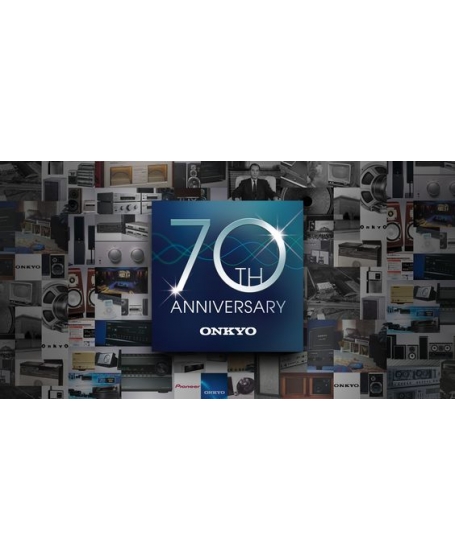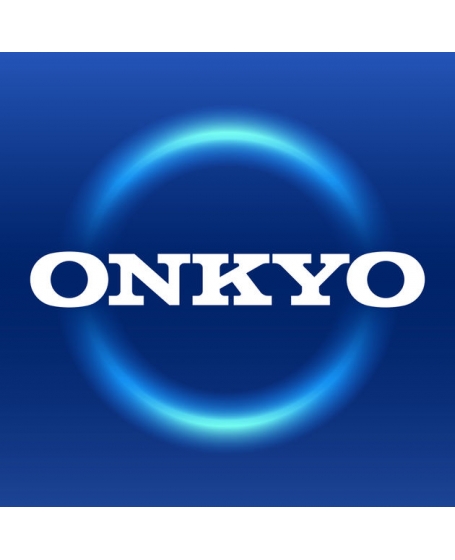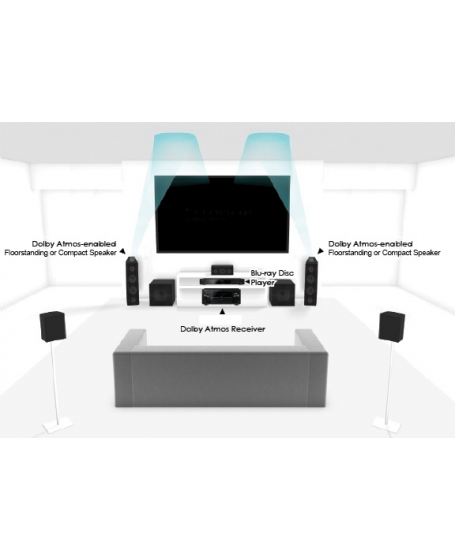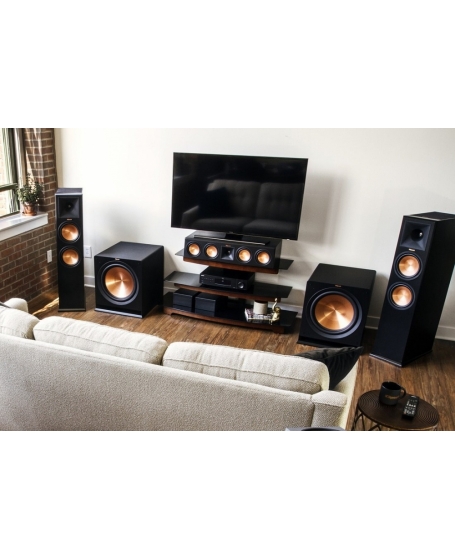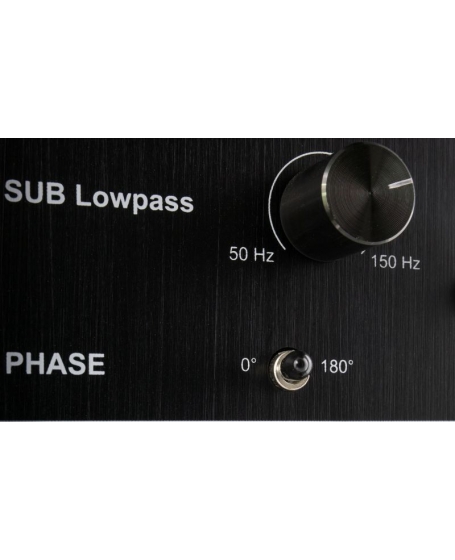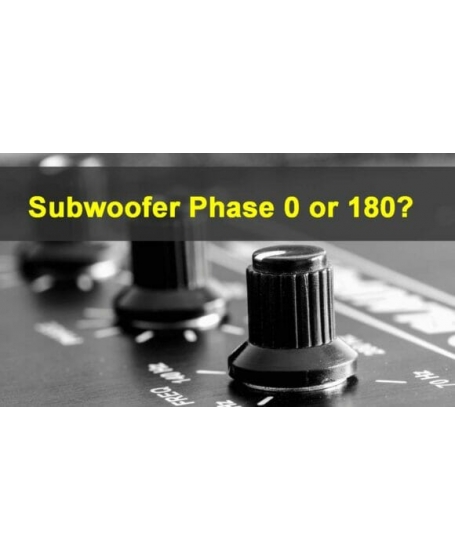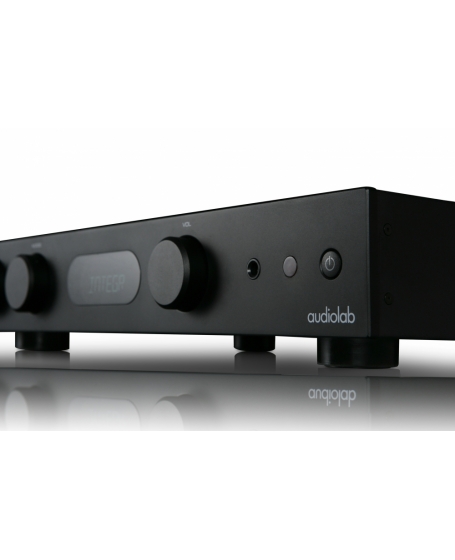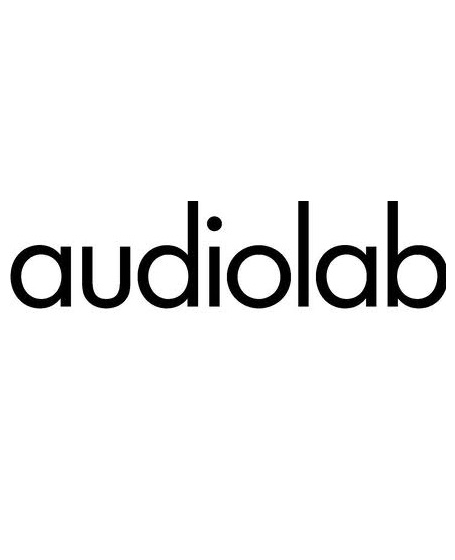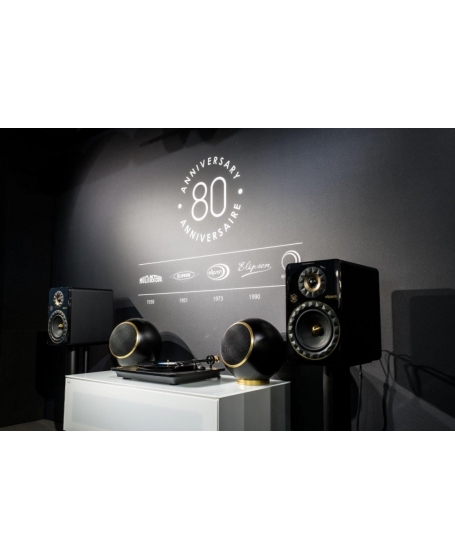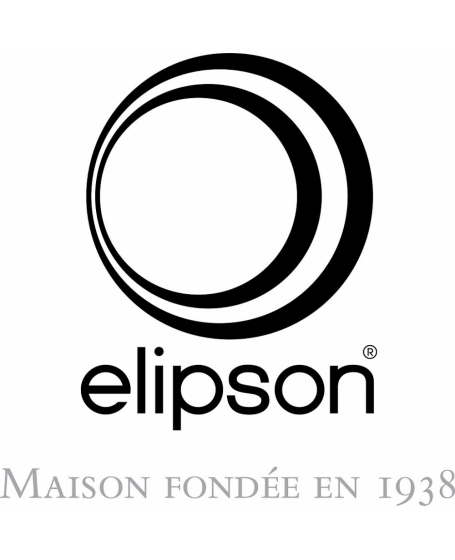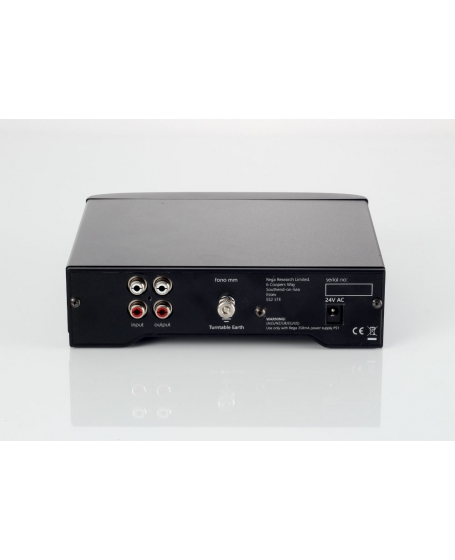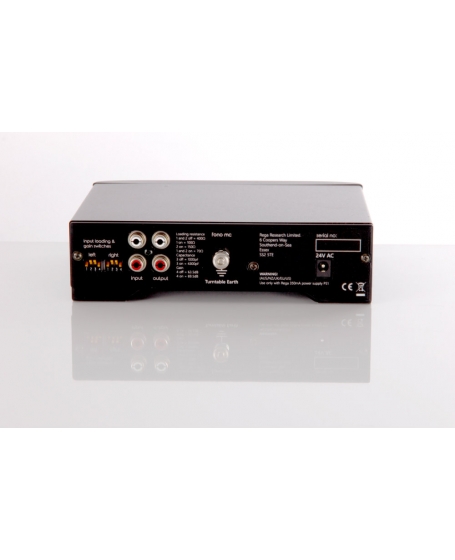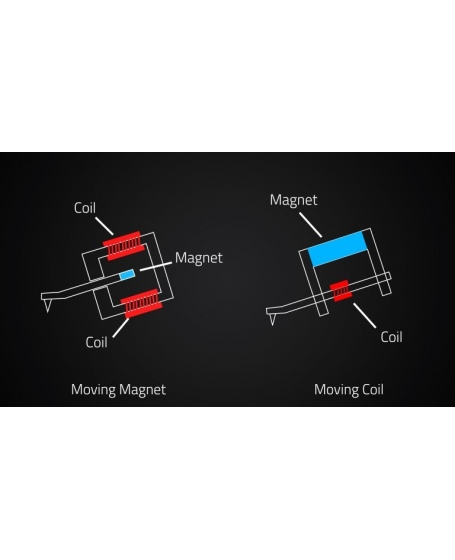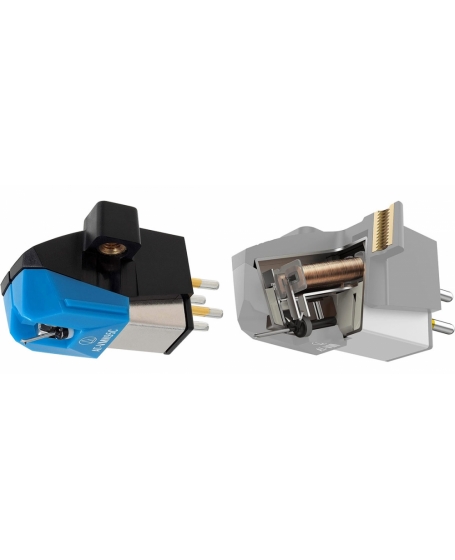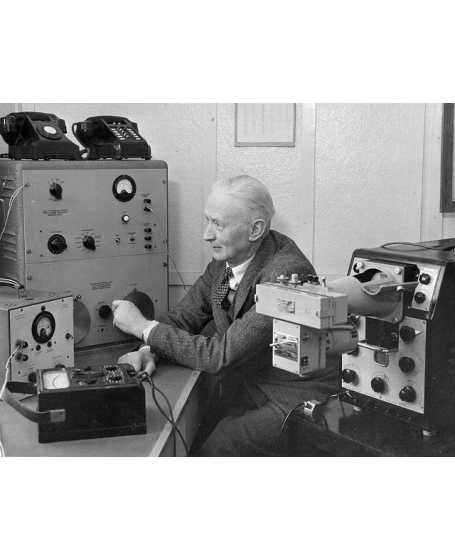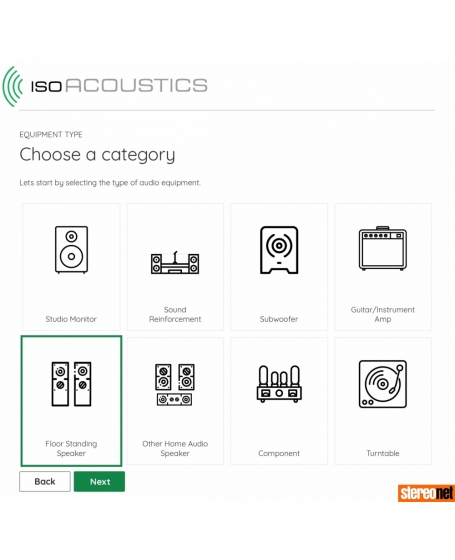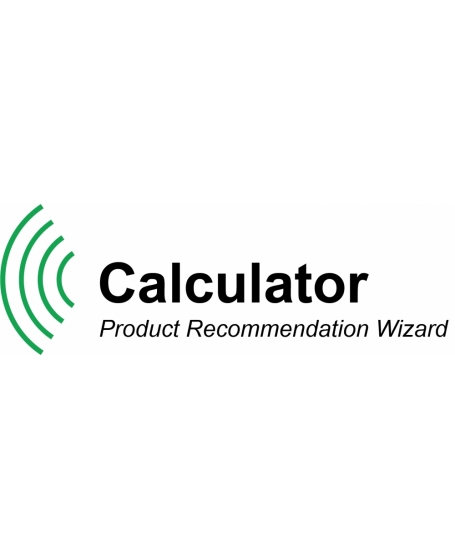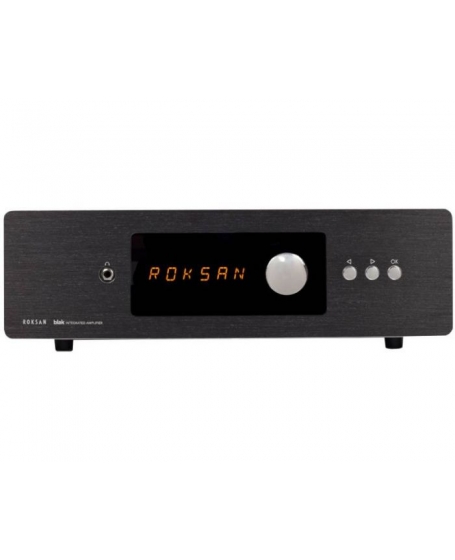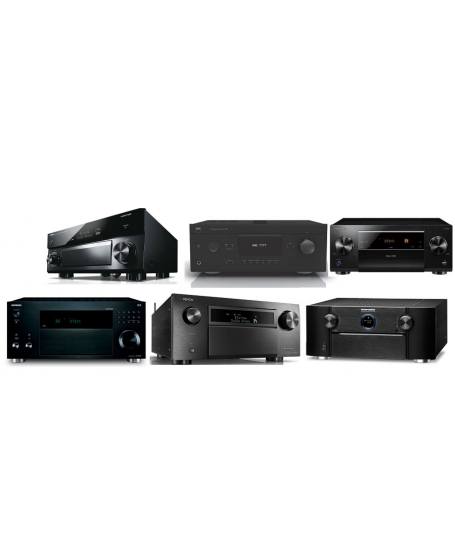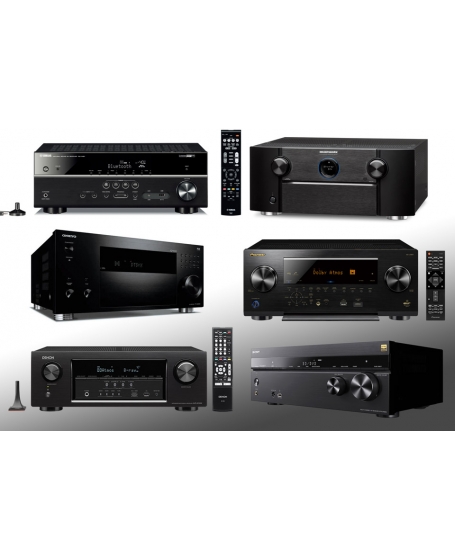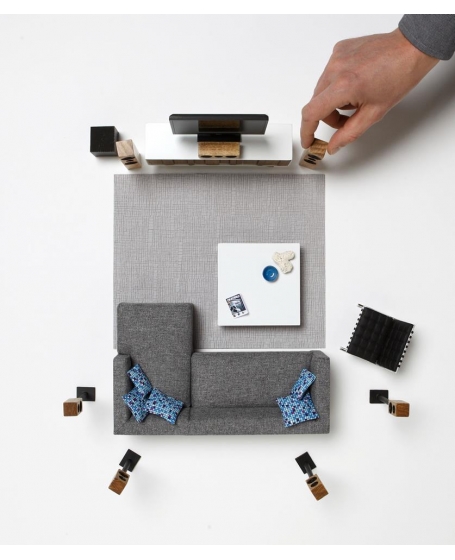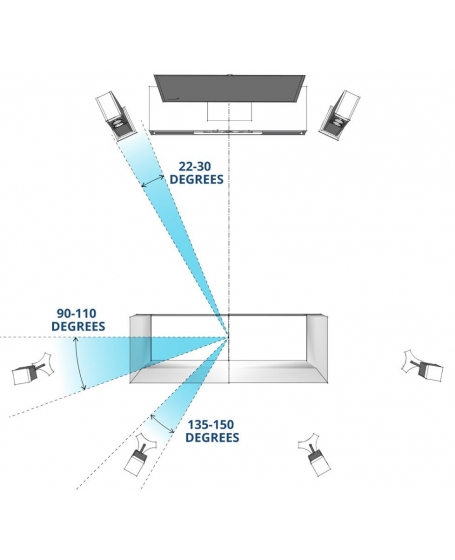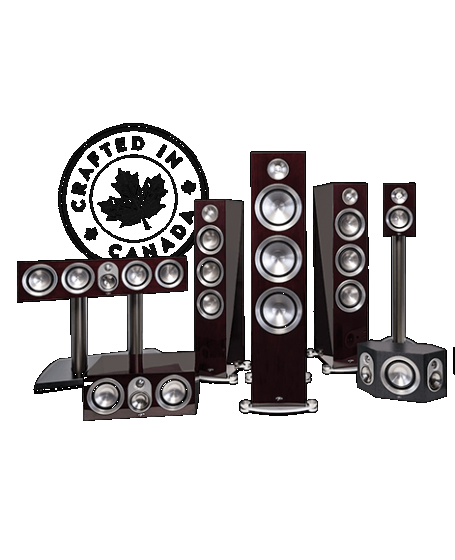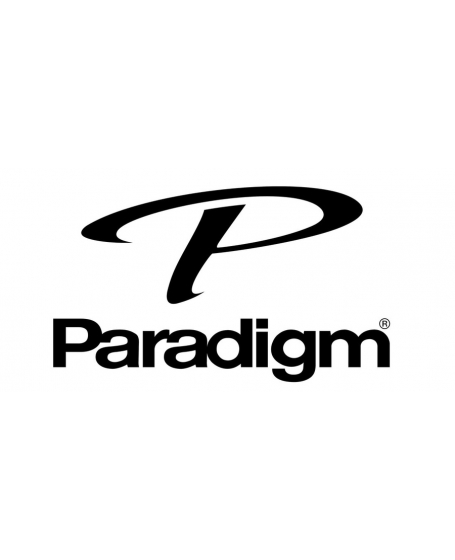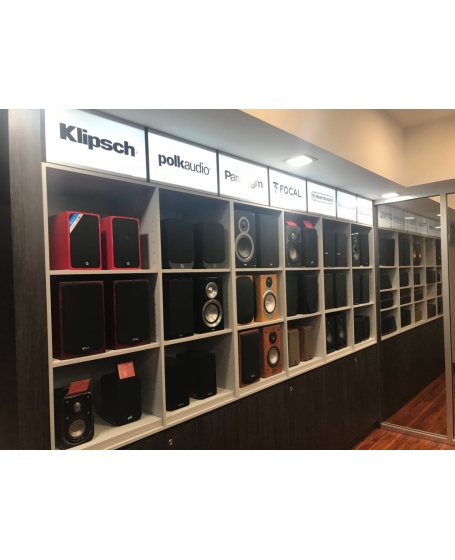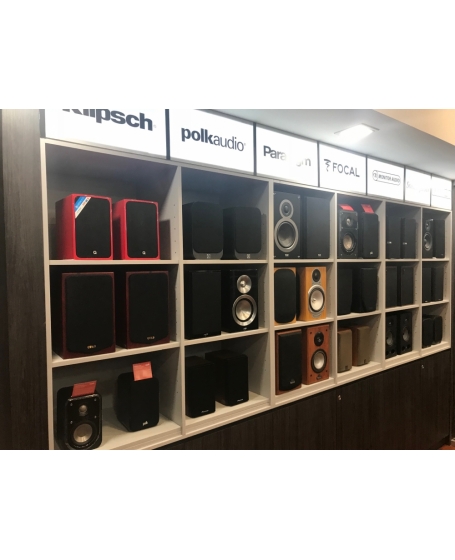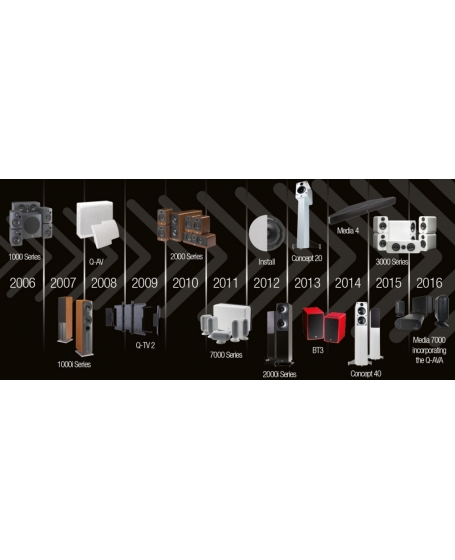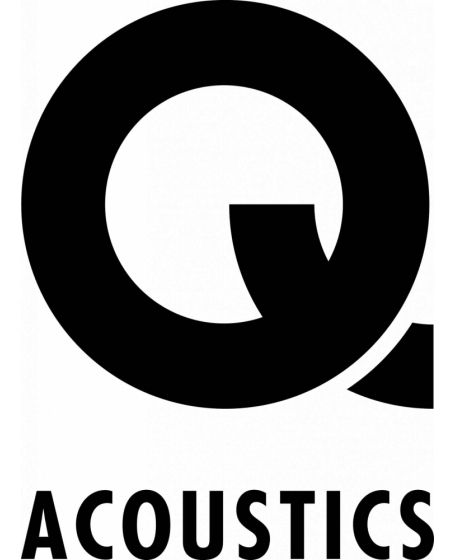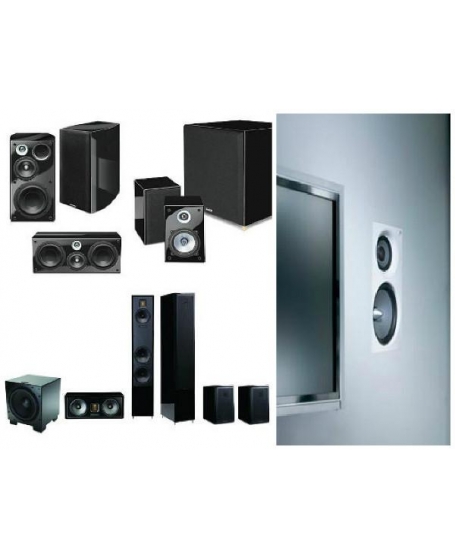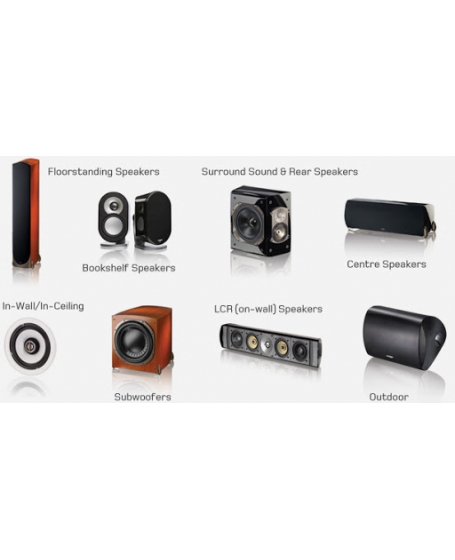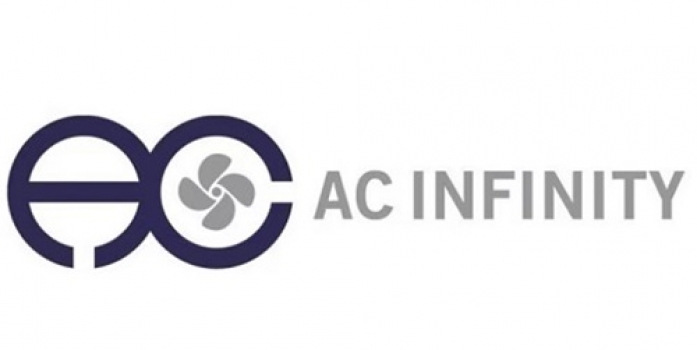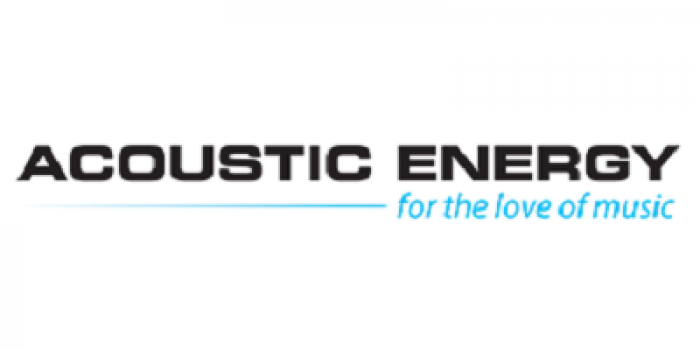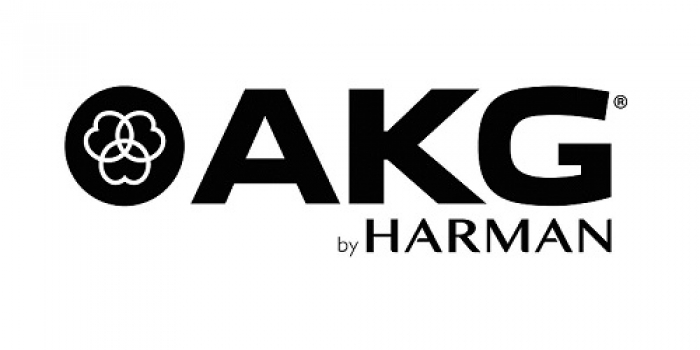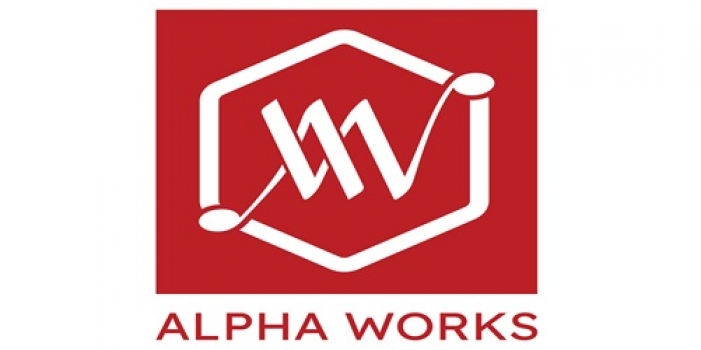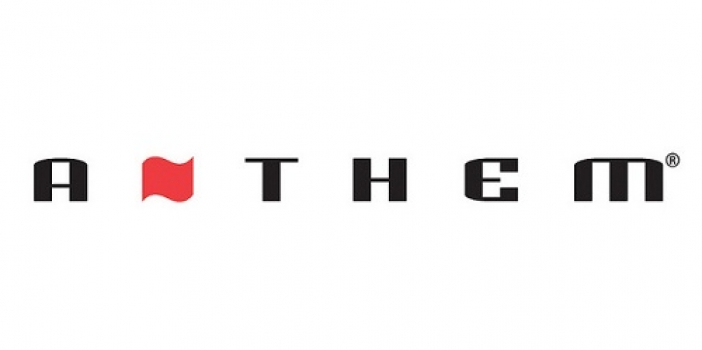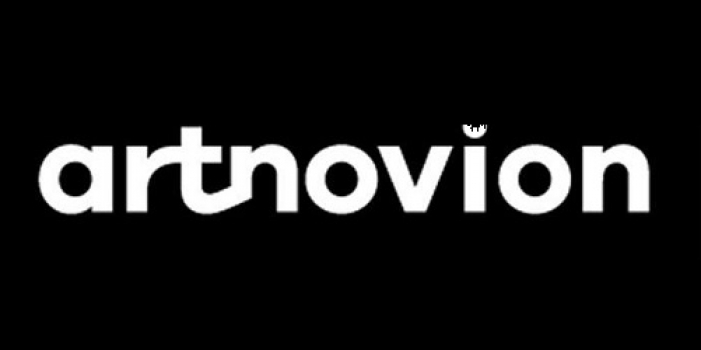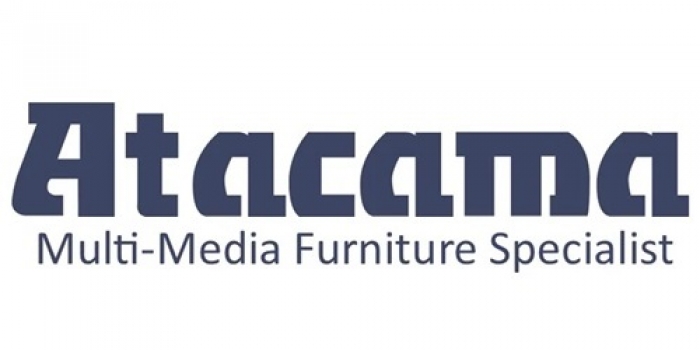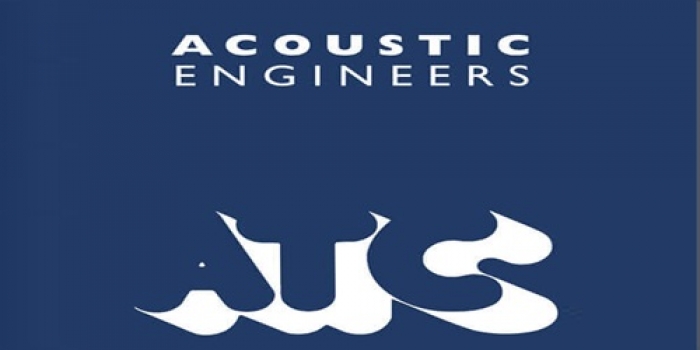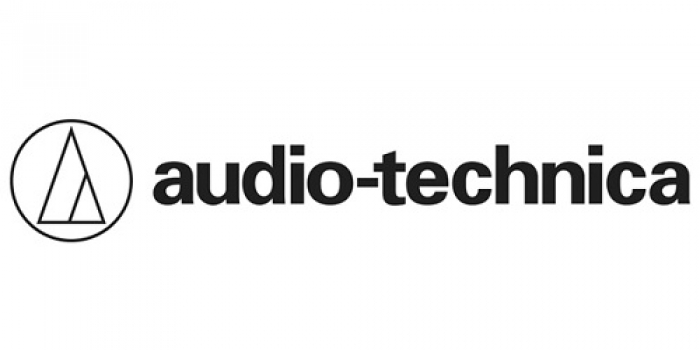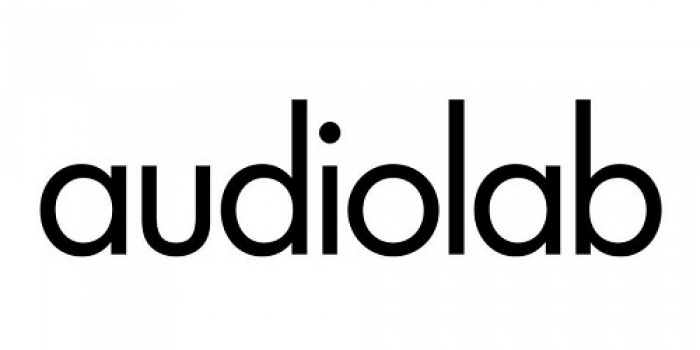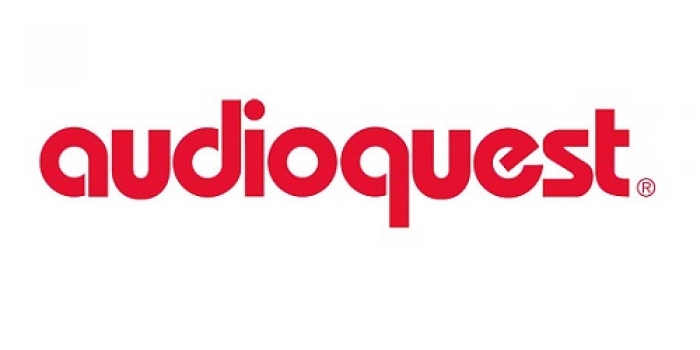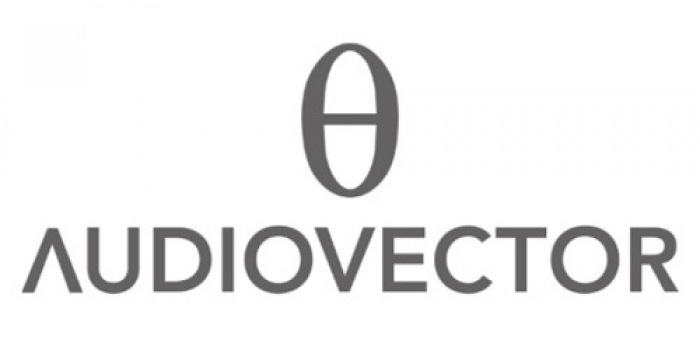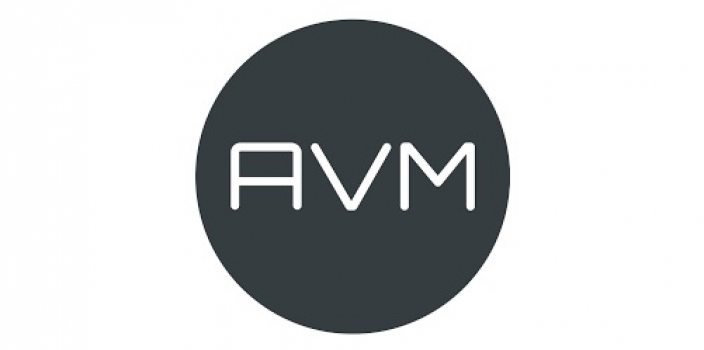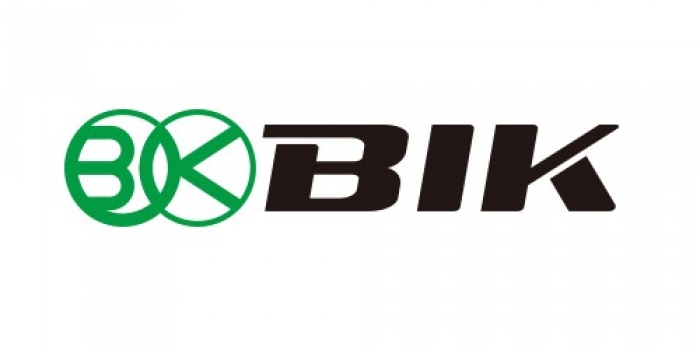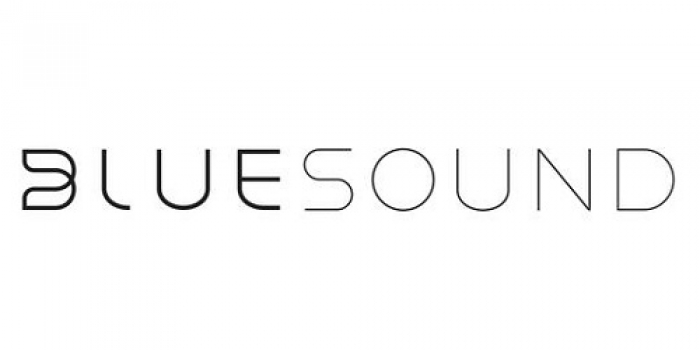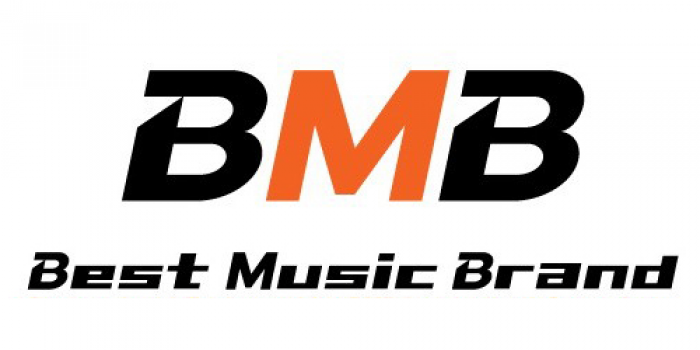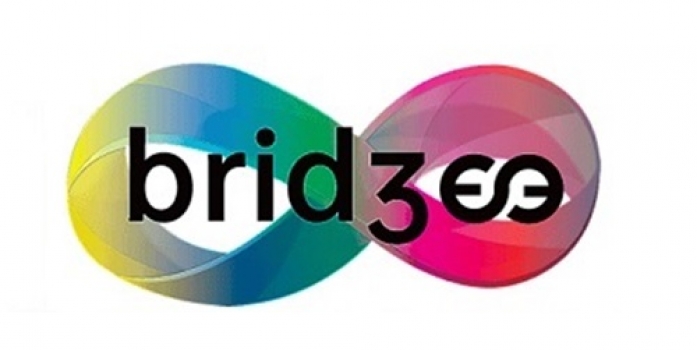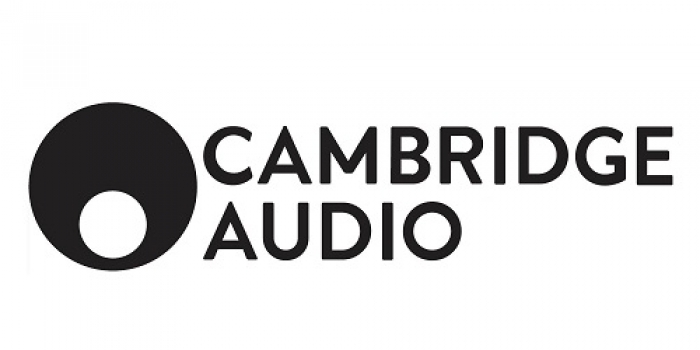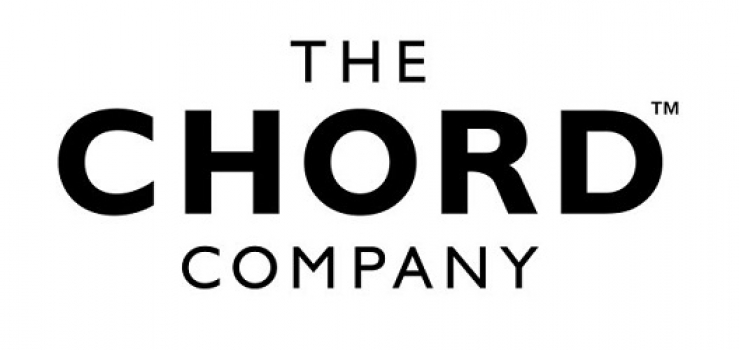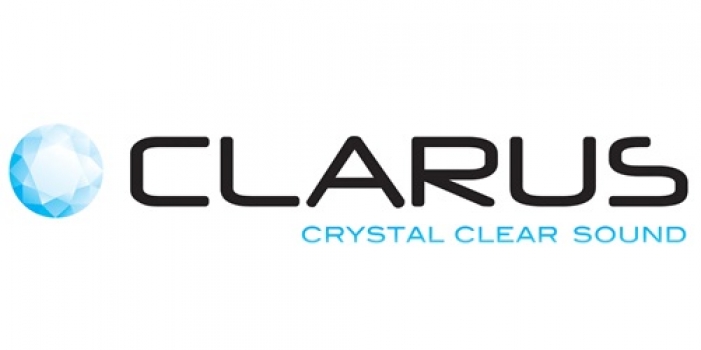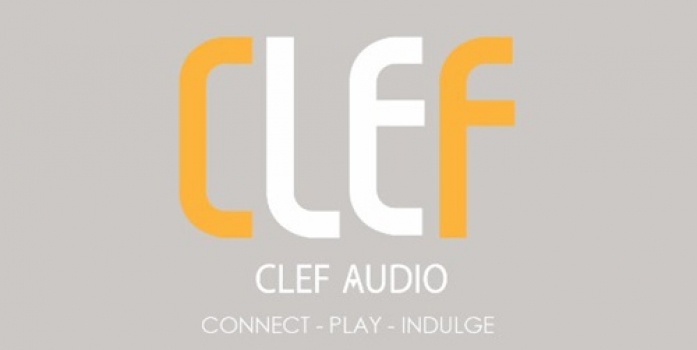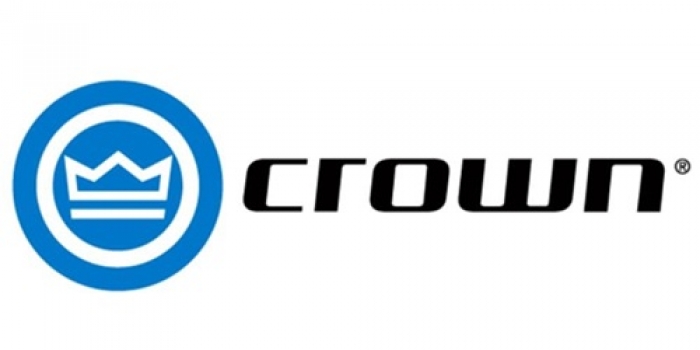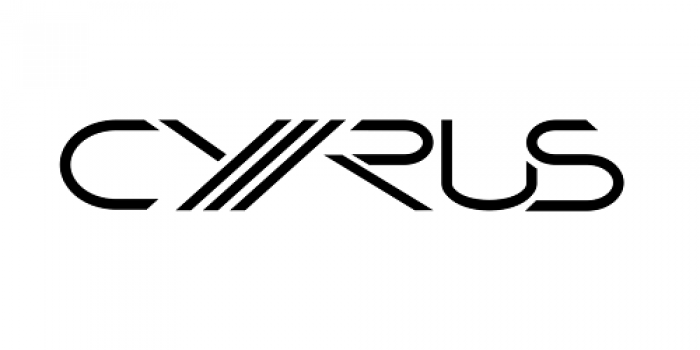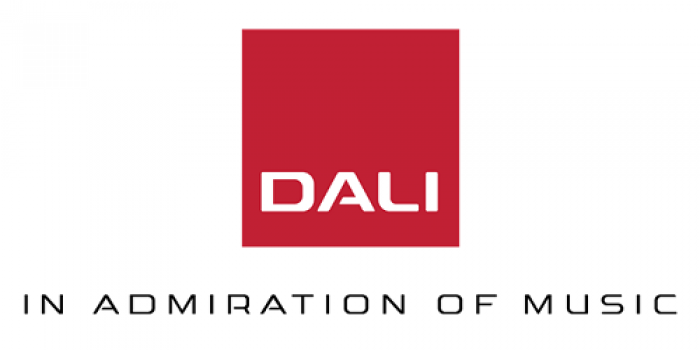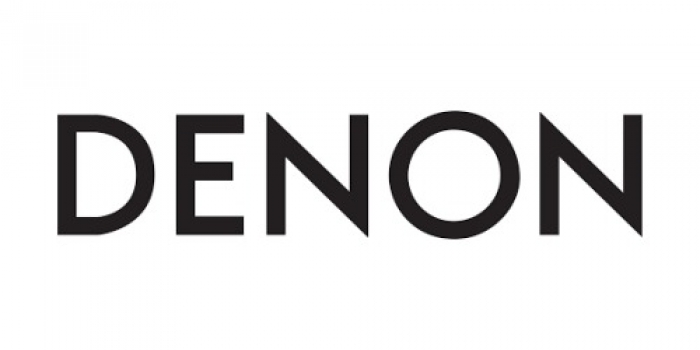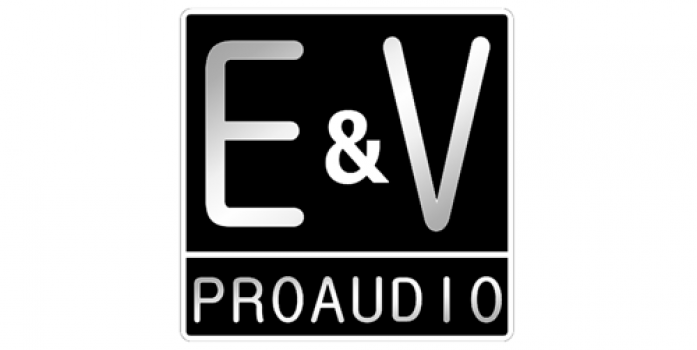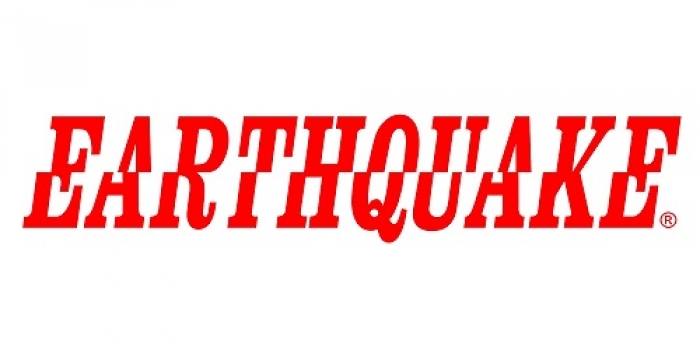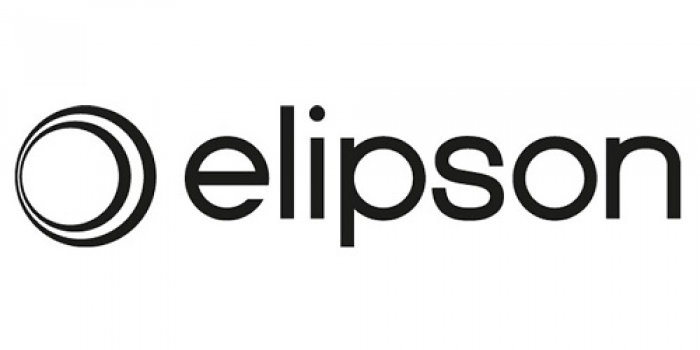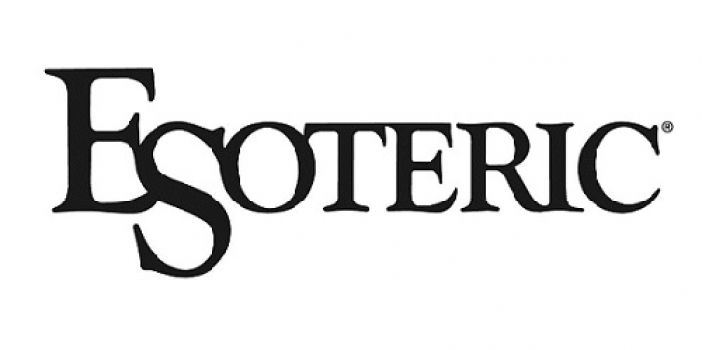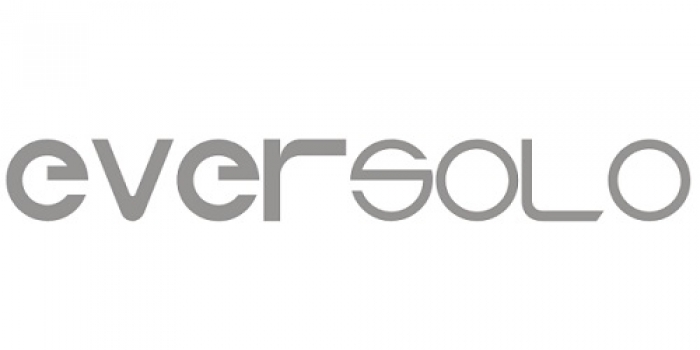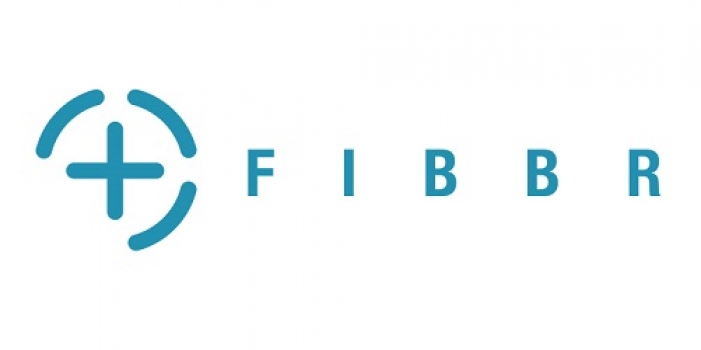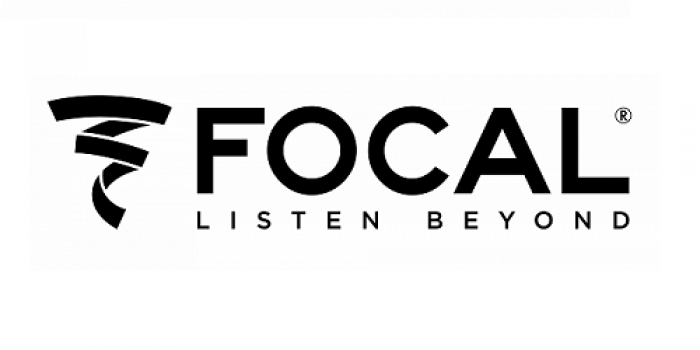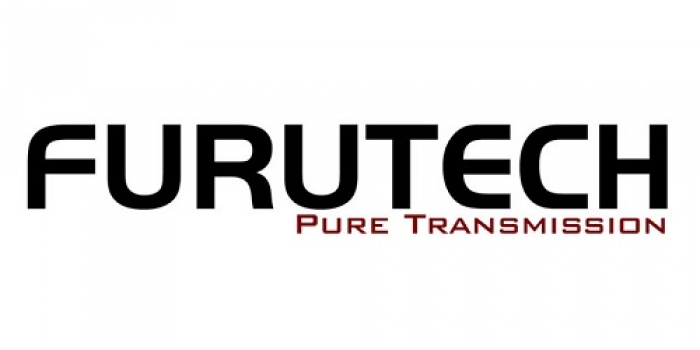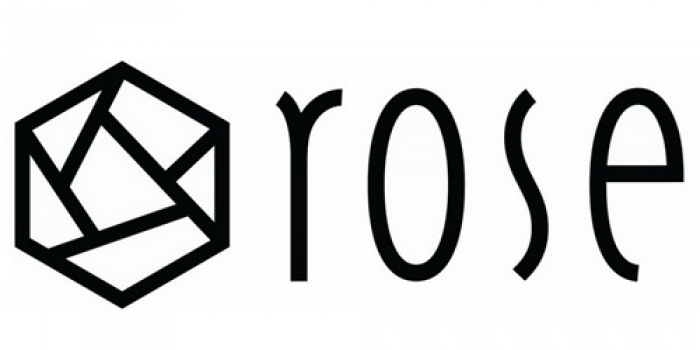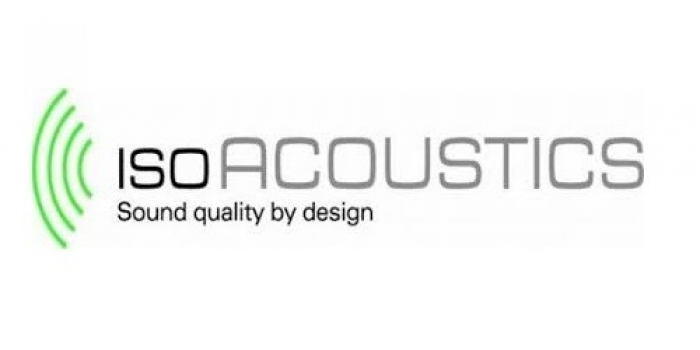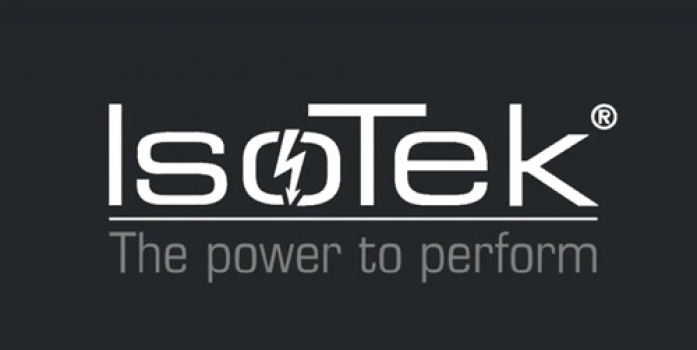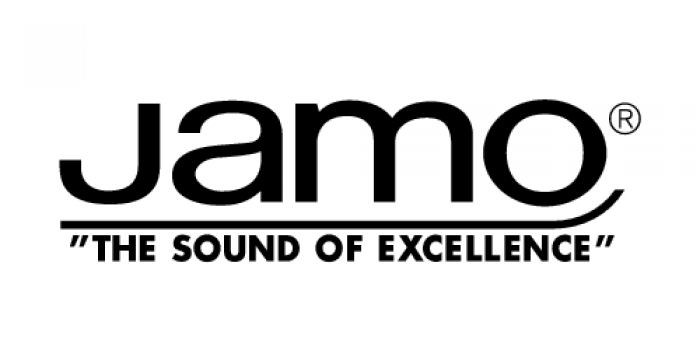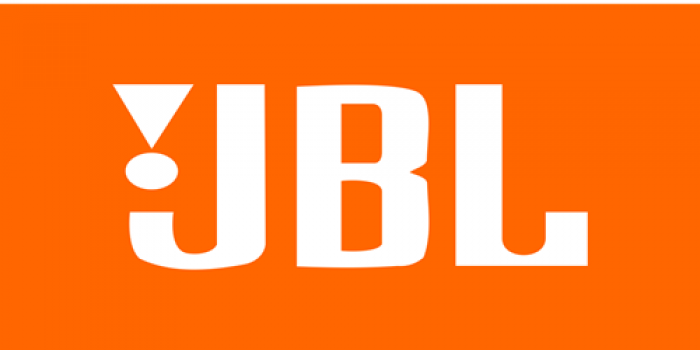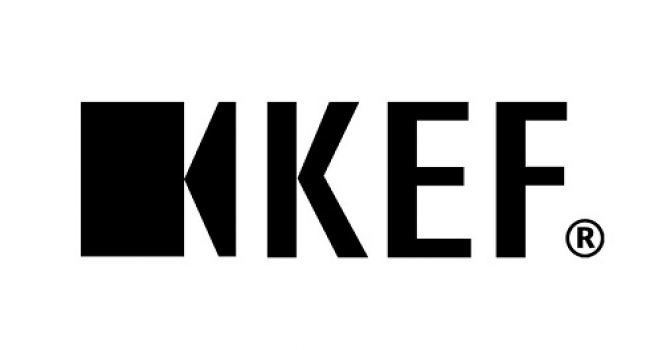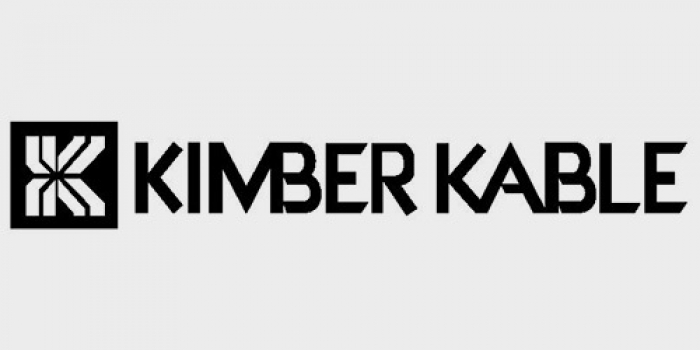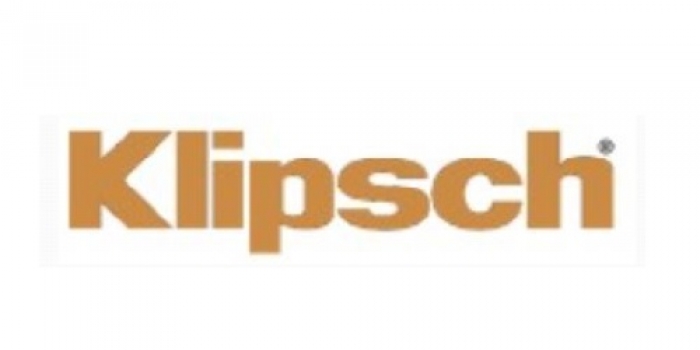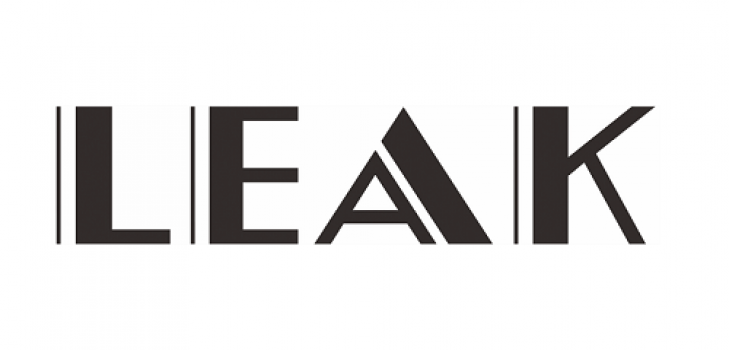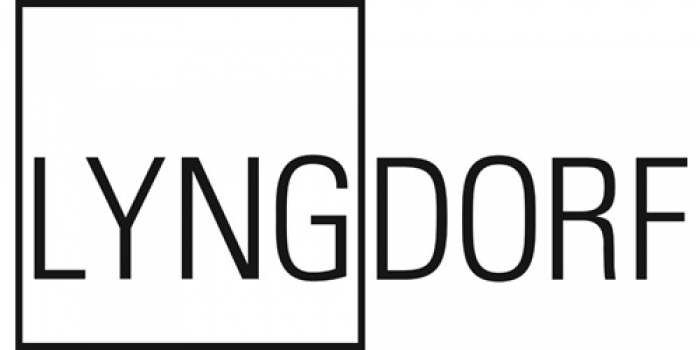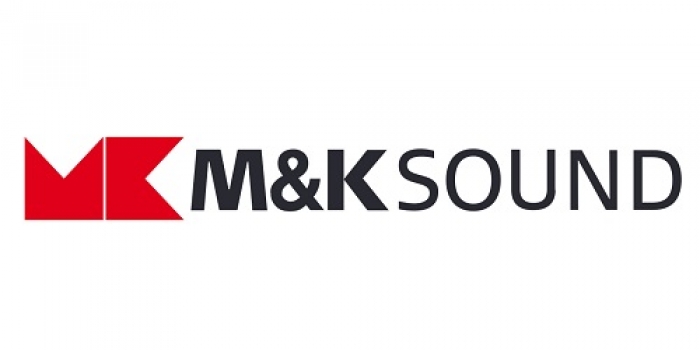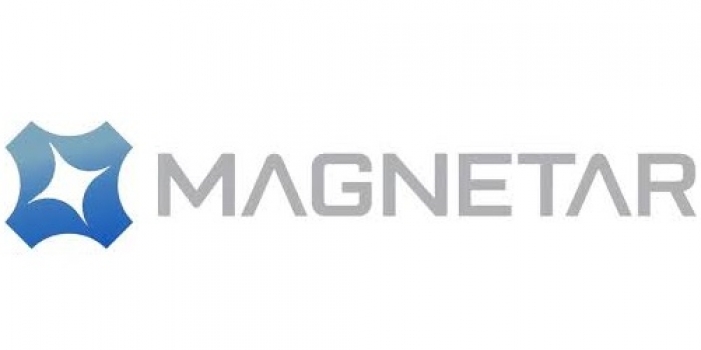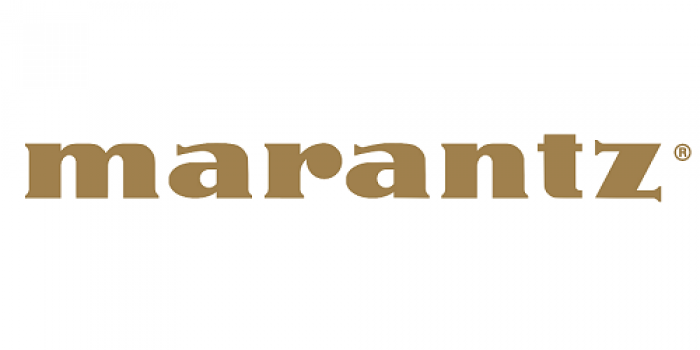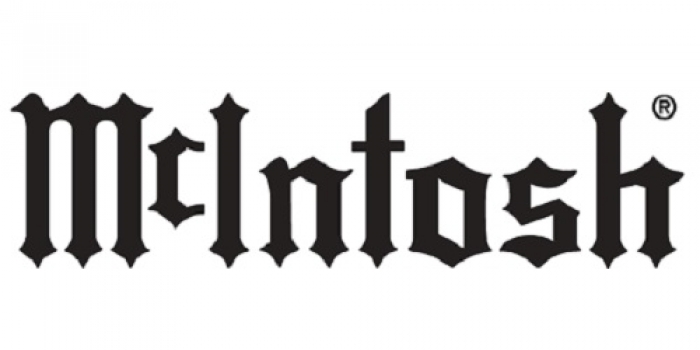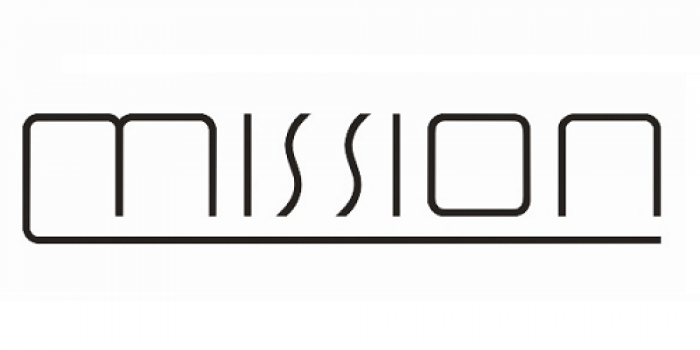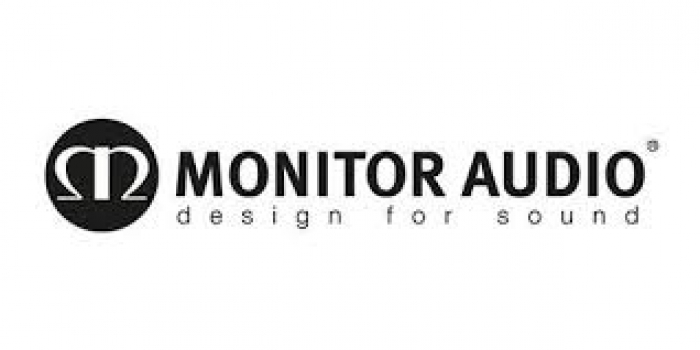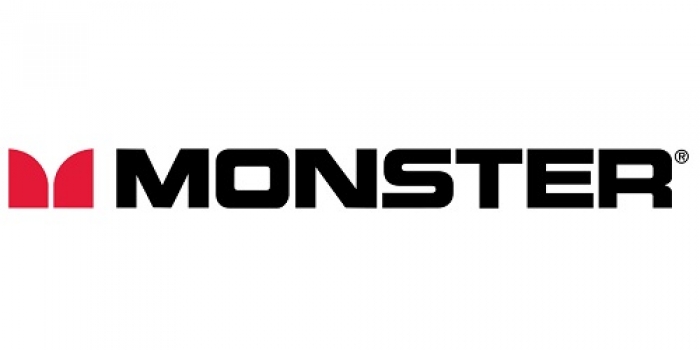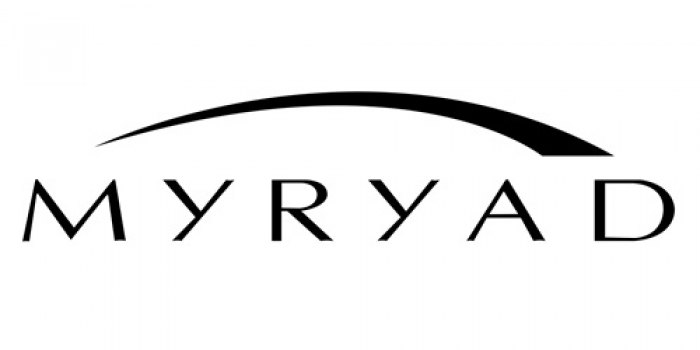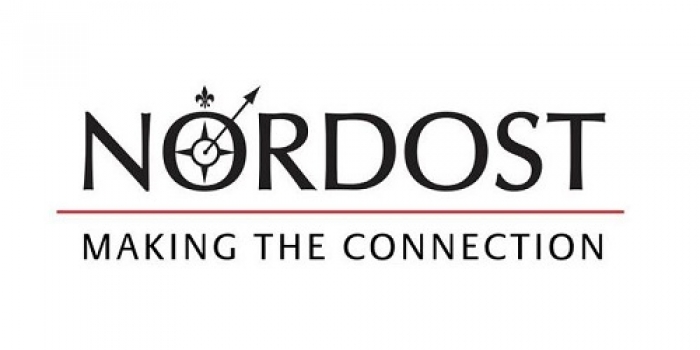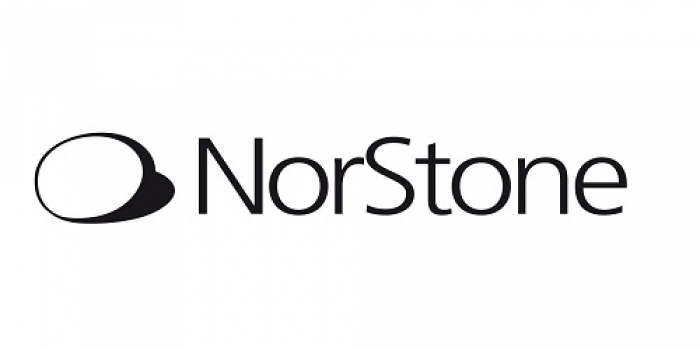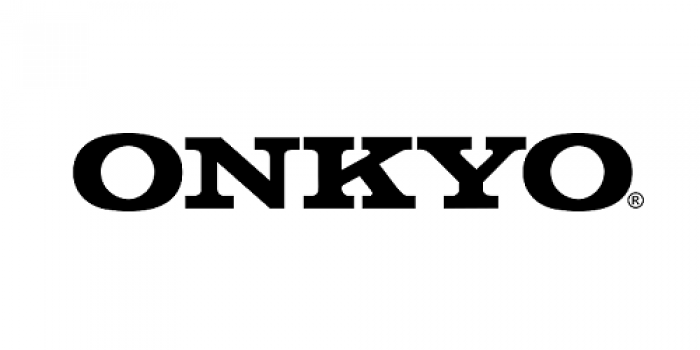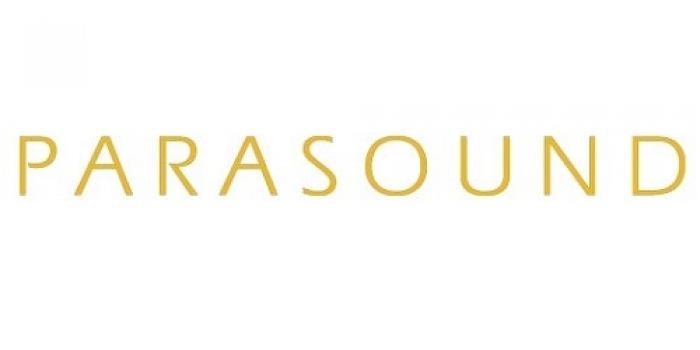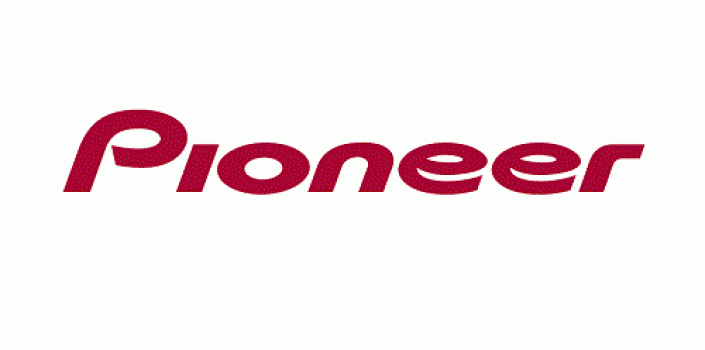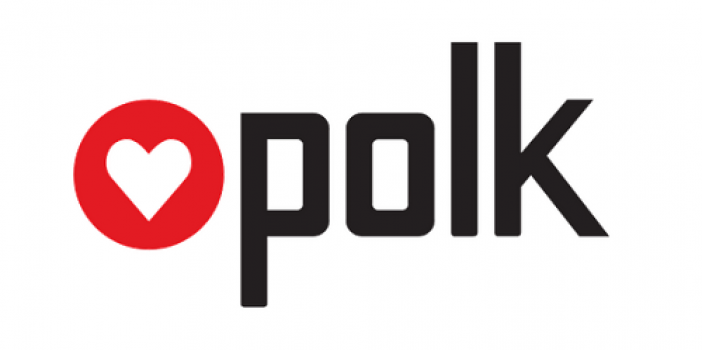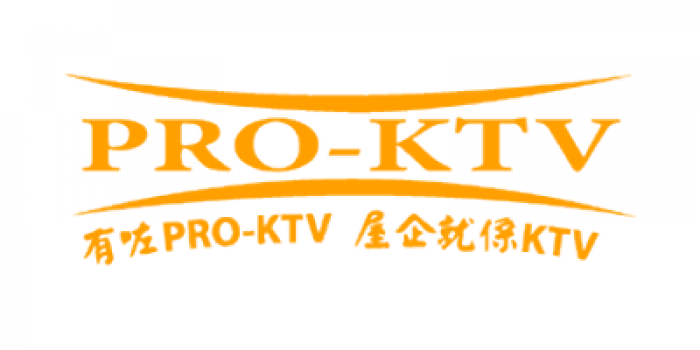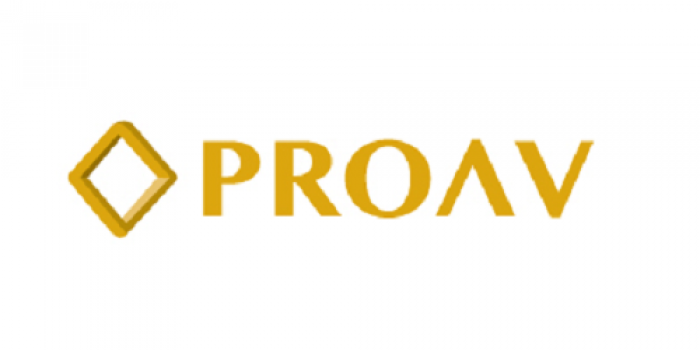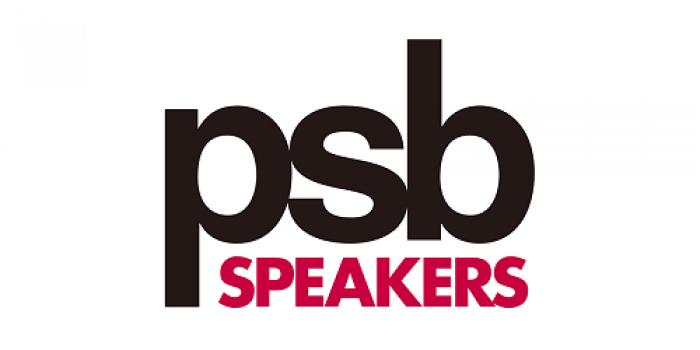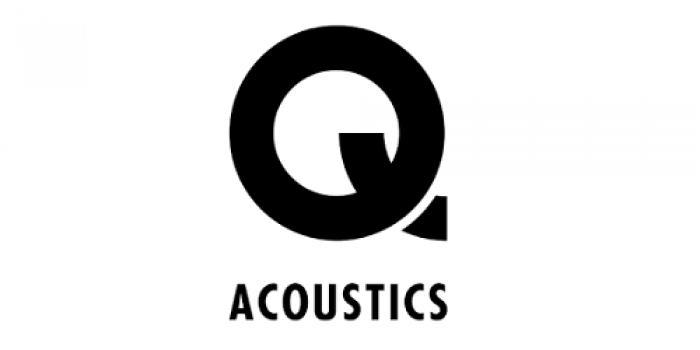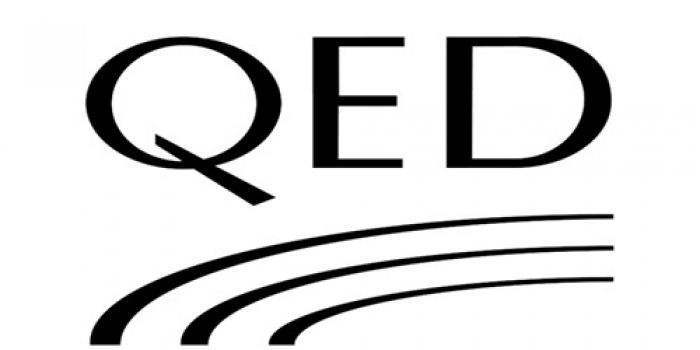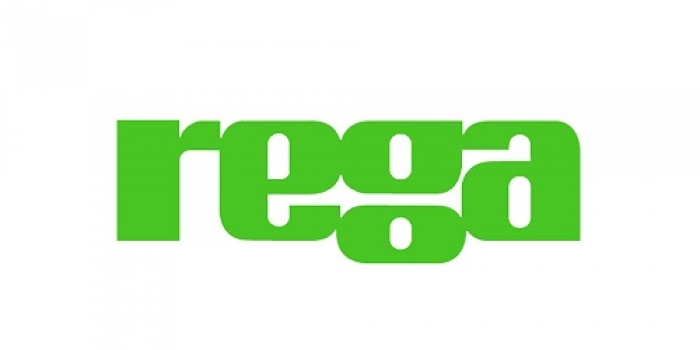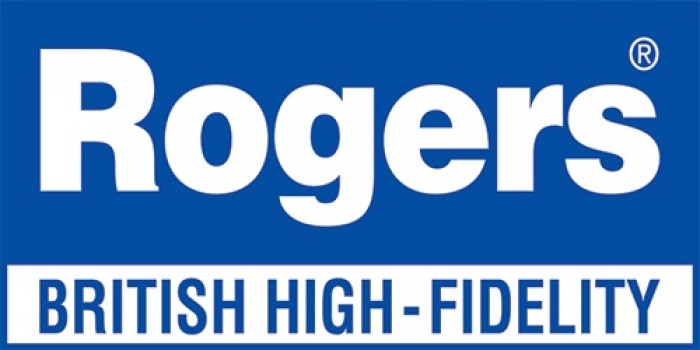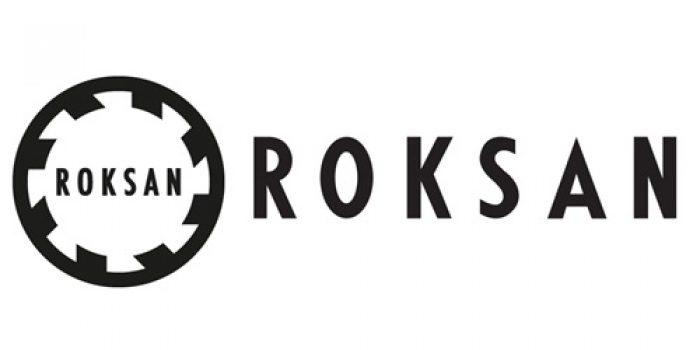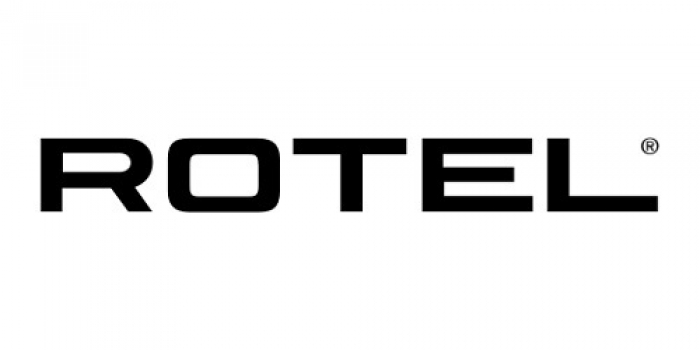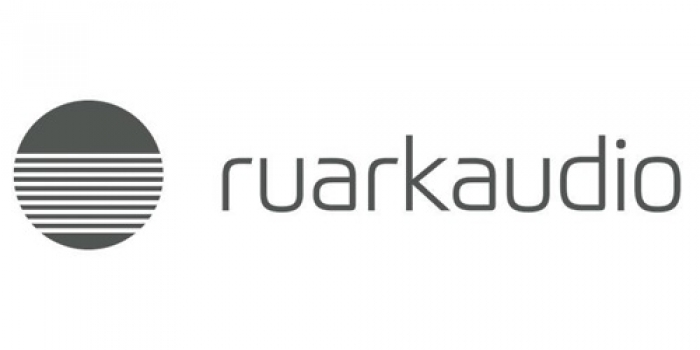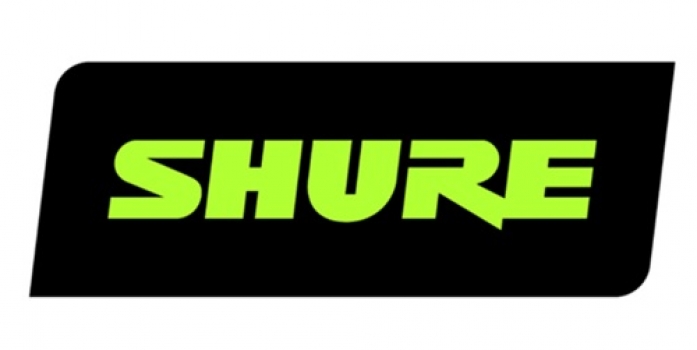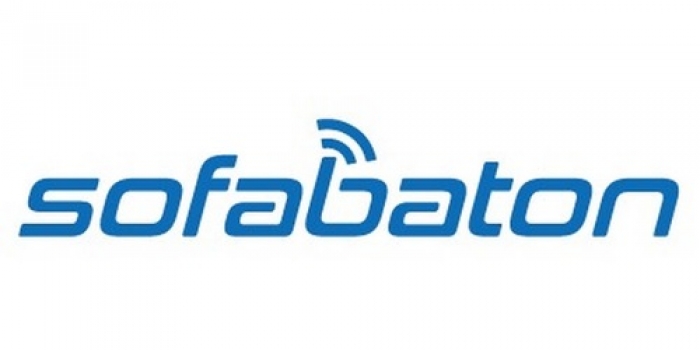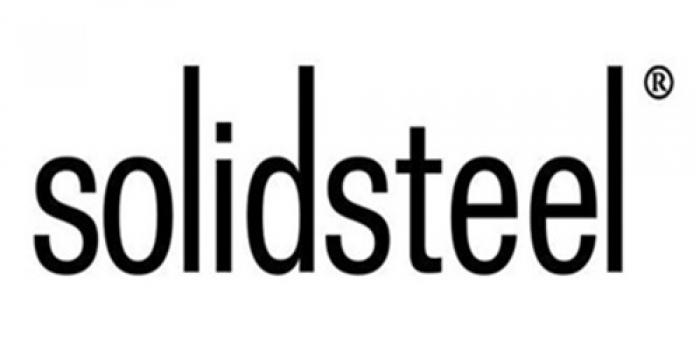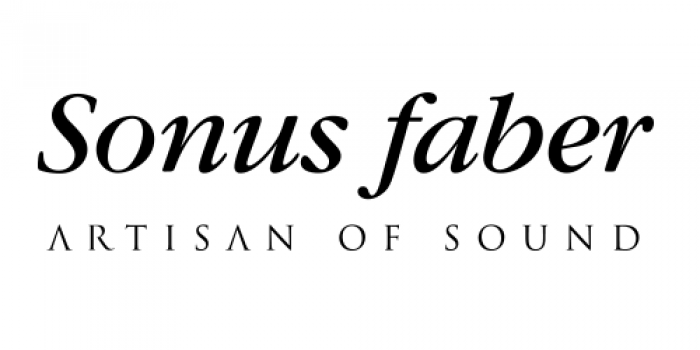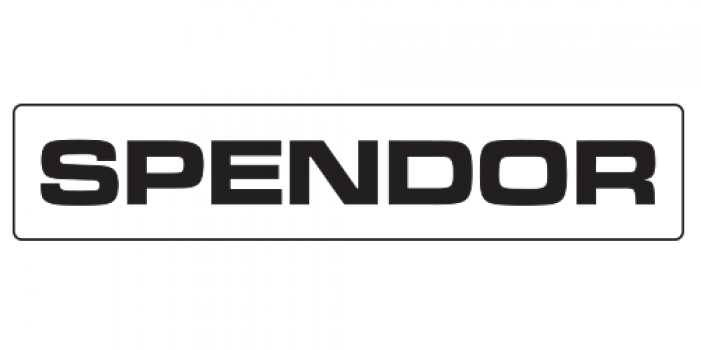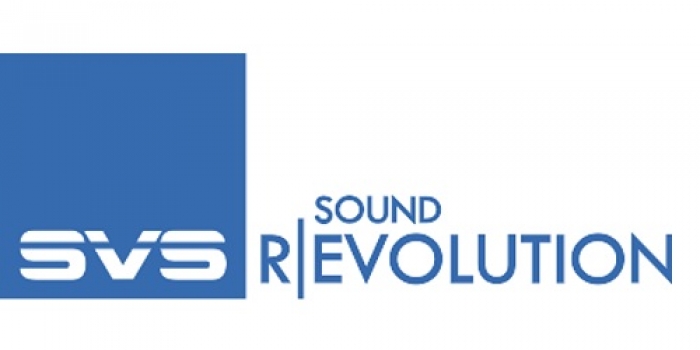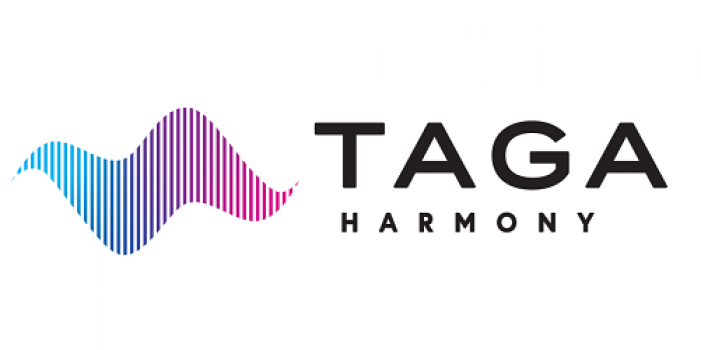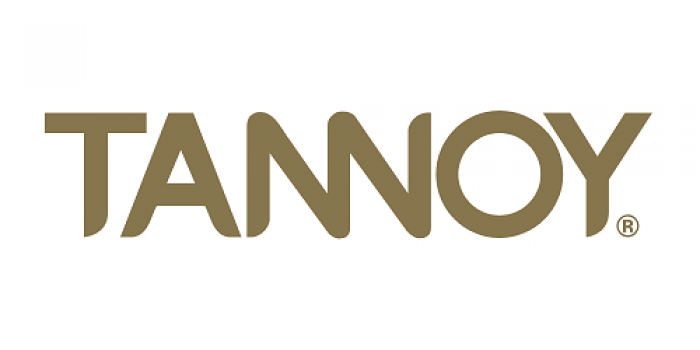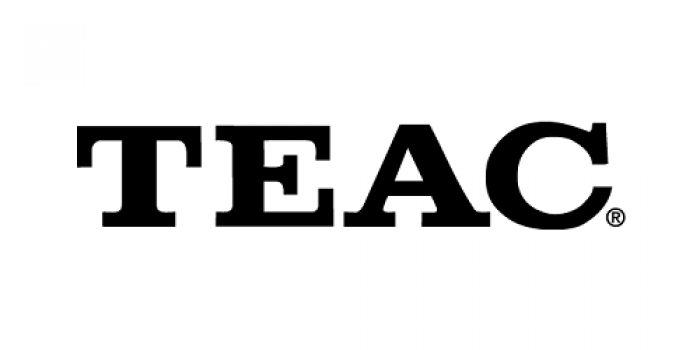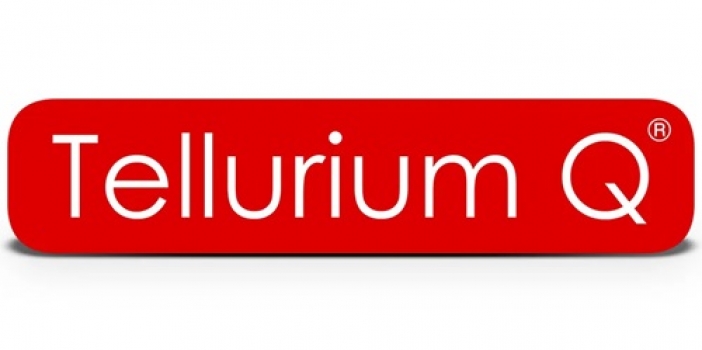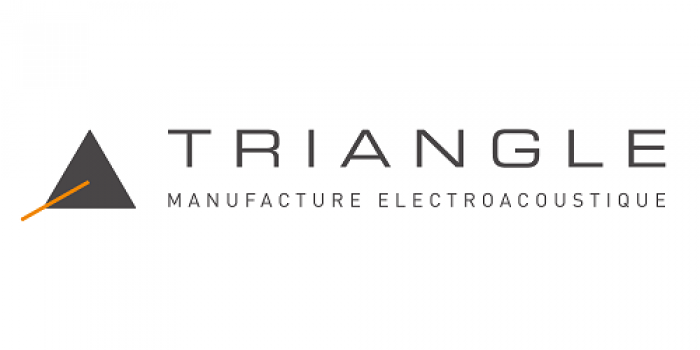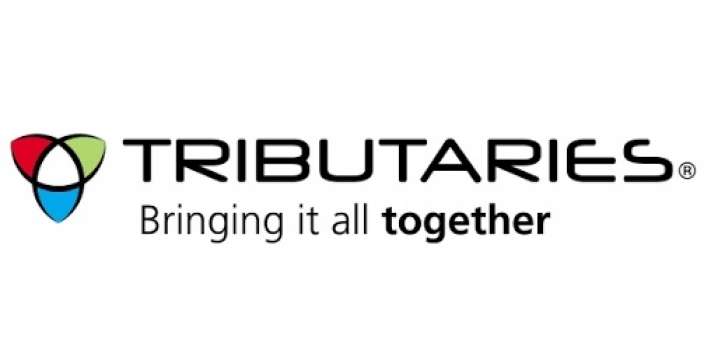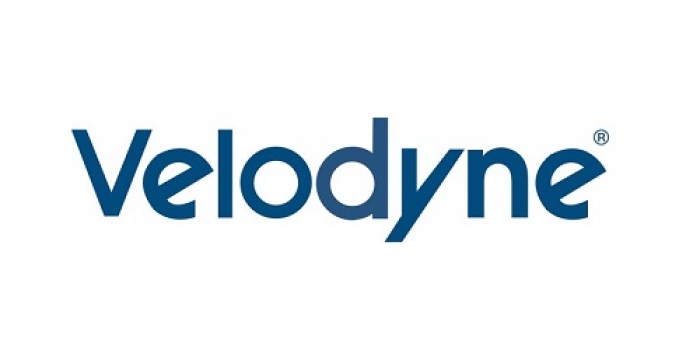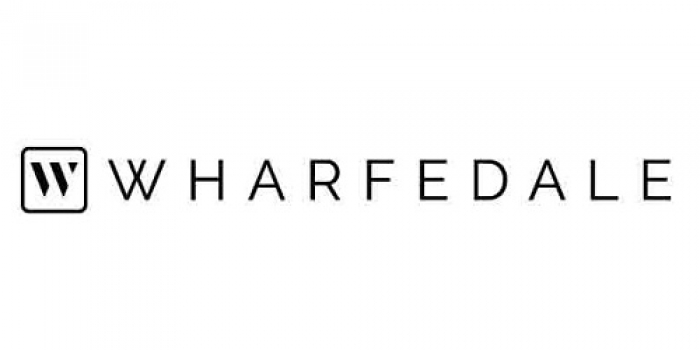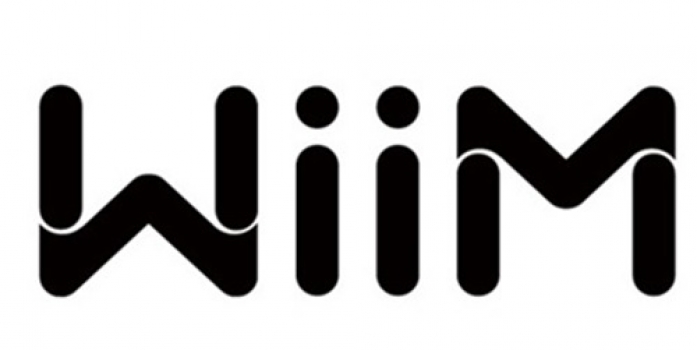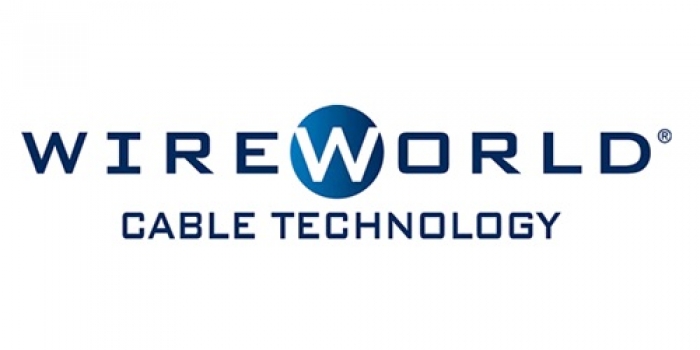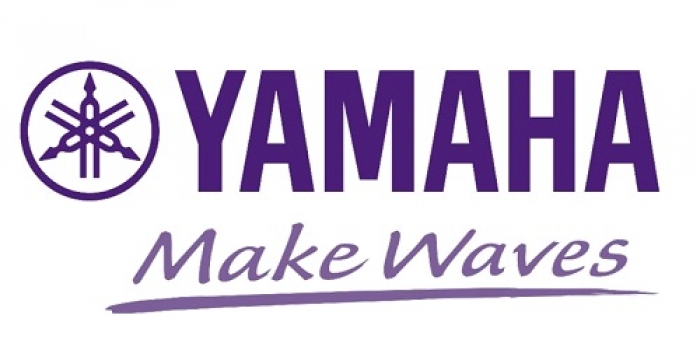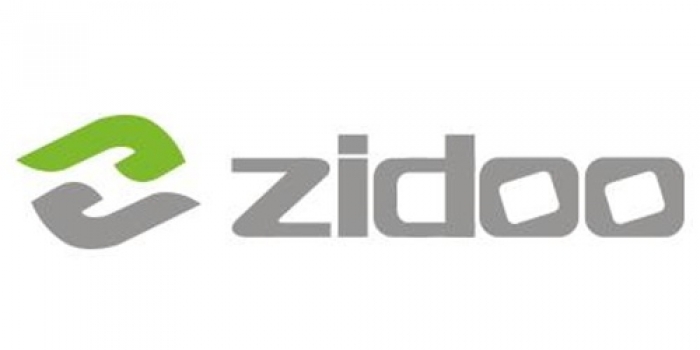GRANBEAT Hi-Res Audio Smartphone Debuts

April 1946
Osaka Denki Onkyo K.K. Established
Takeshi Godai established Onkyo in 1946 with the intention of addressing what he felt was a lack of satisfactory Japanese-made dynamic speakers. The word “onkyo” means “sound acoustics” in Japanese, and is the origin of our bold, simple, and concise brand image.

May 1946
Onkyo Releases Its First Product
The first Onkyo-branded product was not in fact a speaker, but a cartridge pickup for record players. The company invested the profit from its crystal pickup sales into speaker research and development and planned to build a factory.

January 1948
Production Commences at New Factory
At the time, most speakers were made using imported pre-made paper cones. In defiance of convention, Onkyo developed an in-house production method for its own paper cones—and in so doing, formed the origin of our sound story.

April 1948
First ED-100 Speaker Wins Acclaim
Onkyo released its much-anticipated ED-100 speaker in April 1948, which featured a large 25 cm driver. Even though it was 50 percent more expensive than its nearest competitor, the ED-100 was a hit. Reviewers called it “sensitive, durable, and great-sounding” and the product gained popularity.

February 1950
Patent Application for Non-Pressed Cone
Onkyo developed the first non-pressed speaker cone and it’s still in production today, almost 70 years later. Onkyo’s passion for distinctive sound can be traced back to this revolutionary idea.

June 1952
Factory and HQ Relocation
To accommodate an increase in production, Onkyo relocated to expanded office and factory space in Asahi-ku, Osaka. Sales continued to grow. This period laid the foundation of Onkyo as a leading speaker manufacturer.

January 1953
ED-100 Speaker Rereleased
The original ED-100 was re-released with the new non-pressed cone woofer. Sound quality improved correspondingly and with further positive reviews, it became an established favorite as a sensitive yet robust loudspeaker.

March 1953
First OS-55 Radio Debuts
Onkyo was determined to create great sound without compromising, even in its transistor radios. Again bucking the accepted norm of using a 12 to 16 cm speaker cone, Onkyo released the OS-55 incorporating a 20 cm speaker. Excellent sound quality made it a hit with music lovers.

November 1953
All Japan Audio Fair Demonstration
Onkyo led the Japanese audio industry by proving that transient response is crucial to good sound quality with a live demonstration at the All Japan Audio Fair. Even now, this aspect of audio reproduction is considered a key factor in product design.

July 1954
LP Concerts Established
In 1954, Onkyo began to hold LP concerts at public auditoriums and community halls throughout Japan, which later developed into a number of very well-attended events.

1955
Onkyo Logotype Revealed
In 1955, an elegantly simple logotype was created to establish the identity of the Onkyo brand, which was warmly received by the audiophile community at the time.

August 1955
Production of TVs Commences
Onkyo’s next challenge following radio production was to manufacture television sets. Onkyo’s design approach was to add great sound to high picture quality by utilizing its original acoustic technology.

1950s
Logotype Renewal
During the 1950s, Onkyo updated its logotype to suit the rapidly changing style of the times.

February 1956
Coaxial Speaker Series Released
A series of three coaxial-type speaker models were developed and released: the CX-12, CX-10, and CX-8 featuring a tweeter incorporated in the center of the woofer cone.

April 1956
First Plastic Speaker Cone in Japan
Onkyo was the first Japanese company to release a plastic “Pop Cone” speaker using original patented production techniques.

April 1956
Concert Held Featuring Mammoth Horn
Onkyo held a stereoscopic concert showcasing a multi-channel amp and a four-meter-long Mammoth Horn. The event was so popular that many audio fans had to be turned away due to overcrowding.

1957
Affiliation with Toshiba Group
Onkyo accepted capital participation of Tokyo Shibaura Electric Co., Ltd. (currently Toshiba) and continued activities including TV production as a subsidiary of Toshiba.

January 1957
TV Factory Established
Onkyo commenced production of some 50,000 Toshiba-branded tube TV sets per month and 200–300 Onkyo-branded televisions per day at a new factory in Joto-ku, Osaka.
1958
Brand Ambassador Secured for Advertising
With TV mass-production came renewed competition and a new era of advertising. Onkyo secured the famous former Takarazuka Revue actress Kaoru Yachigusa as an ambassador to communicate Onkyo’s brand image.
1958
Onkyo TV Commercial Premieres
An animated TV commercial for the Onkyo OT-2000 black-and-white TV featuring an eye-friendly smoked-glass screen and patented non-press cone speaker for improved sound goes to air in 1958.

February 1958
Component-style Hi-Fi System Introduced
Onkyo was among the first to introduce a new style of separate audio components rather than all-in-one furniture-type systems featuring an HA-2 amplifier, HP-2 player, and HS-10 speakers to create a modular phonograph system.

October 1959
Spectacular Demo at All Japan Audio Fair
Onkyo rigged an impressive total of 252 8CX-A1 16 cm coaxial speakers for a sonically overwhelming stereophonic demonstration at the 8th All Japan Audio Fair.

January 1961
Speaker Factory Established in Neyagawa, Osaka
January 1961 saw the establishment of a new speaker factory in Neyagawa City, Osaka. Headquarters were later moved to this location where the company remained until 2012.

May 1961
Onkyo’s First Transceiver Debuts
Ever committed to sound quality and keeping pace with changing technology, Onkyo’s engineers set about designing the company’s first transceiver, which was released to market in May 1961.

1963
First Medical Instrument Products Released
Onkyo entered the medical instrument market with products including a phonocardiograph machine utilizing the company’s latest high-fidelity audio reproduction technology.

September 1965
Bookshelf Speaker Production Commences
In 1965, smaller “bookshelf”-type speakers became popular. Onkyo was at the forefront of their development with the release of the HS-201, HS-202, and HS-301 speakers, which met with popular success in the local market.

May 1966
Concert Junior ST-55 Released
A key product in the Onkyo lineage was the ST-55—a “desktop separate” audio system that was totally unique at the time. Thanks to its superb engineering and sound quality, the product was nominated as the “No.1 Stereo Product” by Kurashino-Techo magazine and gained instant popularity.

December 1967
E-83A Speaker Leads to Development of Scepter Series
Stereo Sound magazine evaluates Onkyo’s first E-83A 3-Way speaker featuring a massive 30 cm woofer as one of the best of 33 selected products in its March 1968 issue. The speaker, which dazzled reviewers, was the forerunner to Onkyo’s famous Scepter series.

March 1968
Scepter Driver Series Debuts
The core concept for the development of the Scepter speaker series was the accurate reproduction of any audio source. To this end, Onkyo included a low-distortion horn tweeter that helped produced a pure, easy-to-enjoy sound. This speaker shaped the ideal that continues to inform Onkyo product design today: striving for the pure enjoyment of sound.

September 1968
First Multi-amp Stereo Product Released
September 1968 marked the date Onkyo brought audiophile-grade sound to the mass market with the release of the quad-amp MC2200, cementing its commitment to bringing the highest possible sound quality to as many people as possible.

September 1969
Introduction of the Integra Series
The introduction of the Integra Series was a landmark in Onkyo’s history. It exemplified the company’s desire to amplify the input signal with the utmost fidelity while preserving the true dynamics of the recording. This series helped form the cornerstone of Onkyo’s amplifier design.

December 1970
Integra 725 Strikes Gold
Onkyo again broke new ground with the release of the iconic Integra 725 amplifier. At the time, the industry standard for phono overload was 100 mV, but the company managed to extend this to 200 mV—and the increased margin resulted in magnificent sound clarity.

1970
First Onkyo Headphones Released
Onkyo’s current range of headphones/earphones has a linage that stretches back some 40 years to the H-01A, which debuted in 1970. These headphones featured a big dynamic driver in a tough plastic housing, and they actually performed something like a compact loudspeaker. Maximum input power was 500 mW and frequency range was impressively wide at 30–13,000 Hz.

1970
Scepter120 Released
The Scepter120 4-Way speaker system was based on the original Scepter Series. This high-end speaker featured a large 30 cm woofer, a horn squawker, and tweeter/super tweeter with acoustic lens all housed in a 120-liter sealed enclosure. In contrast to bookshelf-type speakers, this speaker employed a 40 mm-thick baffle and multiple terminals to allow the user to switch between different amps more easily.

March 1971
First 4-Channel Stereo X-1 System Debuts
Stereo systems in the early ’70s mainly consisted of three separate components—the source/amp and a pair of speakers. Onkyo was among the first to introduce a second pair of speakers for “surround” quadrophonic sound with its 4-channel X-1 system.

September 1971
Company Name Changes
Company name changes from Osaka Onkyo K.K. to Onkyo Corporation.

1972
Iconic Integra 931 Released
The Integra 931 power amplifier was part of the Integra 725 system and attracted considerable attention with its steam-locomotive-like design featuring exposed transformer and heat sink.

July 1972
Onkyo Europe Electronics GmbH Established
In July 1972, Onkyo established Onkyo Deutschland G.m.b.H Electronics in Munich, Germany. This company was created to orchestrate product exports to Europe and fine-tune sound quality for that market.

November 1972
Headquarters Relocated
Company headquarters are relocated to 2-1 Nissin-cho, Neyagawa City, Osaka, and the Acoustic Technology Research Center established.

1973
Intec 405 Showcases Quadrophonic Sound
The Intec 405 stereo system incorporated a 4-Channel decoder to play the nascent quadrophonic audio format popularized by bands such as the Allman Brothers and Pink Floyd. The amp could automatically read three 4-Channel-type recordings (CD-4/RM/SQ).

1973
CP-80M Record Player Released
This carefully engineered direct-drive record player was powered by a DC servo motor and incorporated select materials for the cabinet and insulator, making it resistant to internal and external vibrations.

1974
Speaker Catalog Featuring Scepter Series Released
An abundance of Onkyo speakers were showcased in a new catalog released in 1974. All represented the pinnacle of technology developed by Onkyo since its formation, and each model allowed the user to enjoy the maximum possible audio quality according to his or her budget.

April 1975
License Series Component System Released
Onkyo released the License201, License301, License501 in 1975 to wide acclaim due to their exceptionally good sound quality and stylish design. At the time, the market was trending back from separate to integrated systems.

November 1975
Established Onkyo U.S.A. Corporation
Onkyo established a new company in New York handling U.S. sales.

November 1975
M Series Released
In 1975, Onkyo unveiled its revolutionary M Series loudspeaker. The product sold well throughout the year and is now regarded as a classic.

1977
Onkyo Logotype Refreshed
The Onkyo logotype still in use today was designed in 1977 and reflects Onkyo’s long-standing commitment to pure enjoyment of sound.

1977
Scepter Speaker System Released
The revolutionary Scepter Speaker System was released in 1977 and remains one of Onkyo’s definitive products. Audiophiles were free to choose from a possible 173 different combinations of speaker driver, enclosure, and crossover network to personalize audio performance to taste. A handbook was released to guide users through the process of building their own Scepter Speaker System.

September 1978
SL-1 Subwoofer System Released
In the late 1970s, Onkyo released one of the first production subwoofers, the SL-1. The active design could reproduce frequencies from 20 to 90 Hz via a 20 cm cone driver and passive radiator assembly. The SL-1 was also among the first in the world to feature a Class D Pulse Width Modulation amplifier inside the cabinet, a design almost universally employed in active subwoofers today.

September 1980
Onkyo Mie (Currently ODM) Established
Onkyo established Onkyo Mie manufacturing company, predecessor of Onkyo Development & Manufacturing Corporation, in Tsu City, Mie.

September 1980
Servo Technology Culminates in P-309/M-509
The P-309M pre-amp and M-509 power amp adapted Onkyo’s “double super-servo scheme”. With power amp connected to pre-amp via servo-sensor cable, the distance between them was electrically zero. Together with Three-Stage Darlington Circuitry and high-output transistors, these technologies resulted in extremely accurate sound.

1981
Linear Motor System Debuts in PX-100M
PX-100M was a heavyweight turntable featuring a 10 kg machined pure-copper platter. An audiophile-grade product, it featured a linear motor system that drastically improved rotation precision and is emblematic of Onkyo’s ongoing commitment to great sound.

1981
World’s First High-Speed Dual-Recording Cassette Deck
Onkyo was first in the world to release a consumer-oriented high-speed (2X) dual-dubbing cassette deck. With useful functions such as automatic continuous playback and simultaneous mixing playback, the TA-W800 influenced many dual-unit dubbing-deck products that followed.

1982
Radian Mini-Component Series Introduced
The Radian-33 was among the first to represent the “New Audio” concept with its stylish two-tone design—a departure from conventional component systems at the time. It featured an optional wireless FM transmitter to bring its total number of audio sources to four (FM/AM/record/tape).

1983
Monitor 2000 Speaker (Monitor Series) Released
Featuring a pure cross-carbon cone woofer, the 3-Way Monitor 2000 also contained Onkyo’s in-house-developed magnesium alloy diaphragm squawker and tweeter. Both technologies produced remarkably pure sound while its symmetrical baffle improved sound localization.

1984
Grand Scepter GS-1 Speaker System Debuts
Onkyo unveiled the Grand Scepter GS-1 in 1984, an all-horn-scheme speaker system emblematic of the company’s ongoing pursuit of ultimate sound. The speaker was based on completely new theories of audio design and measurement and was evaluated highly in both domestic and overseas markets. In 1991, a few years after its initial release, Hi-Fi professionals in France selected the GS-1 as recipient of the Joseph Leon Award.

1984
Onkyo’s Biggest Amplifier, the Grand Integra M-510
Weighing in at a backbreaking 60 kg, the M-510 Grand Integra was Onkyo’s heaviest amp and a landmark in the company’s pursuit of phase accuracy. Much of its weight was in its In-Phase Transformer, which helped improve imaging accuracy and contributed to its stellar reputation.

1985
D-77 3-Way Speaker Becomes a Bestseller
The D-77 3-Way speaker system became one of Onkyo’s bestselling products for its excellent price-to-performance characteristics, and is also the company’s long-selling product with variants produced for another 30 years.

1985
World’s First CD Player with Optical Transmission
In 1985, Onkyo released the Integra C-700 (DX-700). Onkyo was the world’s first company to develop an optical fiber transmission scheme for a CD player that ran between the digital output filters and digital-to-analog converter. This design fully separated digital and analog signals, thereby eliminating digital noise.
1986
Actress Yoko Minamino Promotes Onkyo
Onkyo secured famous young actress Yoko Minamino for a Radian series mini-component promotion. She appeared on catalogs, advertising, and TV commercials from 1986 through 1988. The campaign successfully drew the attention of younger listeners.

1988
Liverpool Component System Released
Onkyo released the C2/C5 component system to suit its Liverpool D-200/D-500 compact bookshelf speakers released the previous year. This product became popular among young fashion-conscious adults with its stylish design and easy operation. The concept became a cornerstone of Onkyo’s component system design philosophy.

1989
Floor-type Scepter 3001 Speaker System
The Scepter 3001 featured a 40 Hz Super Labyrinth Bus System super woofer for extremely deep bass. The speaker’s MID4 concept, meanwhile, reproduced a wide frequency range of 80 Hz to 1.5 kHz from a single transducer. This bandwidth covered the entire spectrum of the human voice for uncommonly realistic and cohesive vocal reproduction.

1990
Scepter 2002 Features Horn Driver
The Scepter 2002 was a 2-Way floorstanding loudspeaker featuring an SH (Super Hyperbolic) horn, which developed out of the Grand Scepter GS-1. Onkyo was able to eliminate horn distortion to produce very smooth sound.

1992
Liverpool Mini-Component System Debuts
Onkyo sourced the independent power supply idea from its high-end component systems for the ESSAY E-05/E-07V Mini-Component System. Dual-unit dubbing decks continued to be popular, yet Onkyo suggested music lovers use a single cassette deck and CD player to enjoy high-quality sound from a micro-component system.

1992
High-Quality QUEST Series Debuts
The QUEST Series again changed stylistic direction by replacing the “mechanical” image with a clean and minimalist look, but retained the high quality parts. The slim A-1E pre-main amplifier featured a toroidal laser transformer. The anti-vibration C-1E CD player, meanwhile, had limited functions to simplify the enjoyment of sound itself.

1992
World’s First Six-Disc Carousel-Type CD Automatic Changer
Onkyo released the world’s first six-disc carousel-style CD auto-changer dubbed the DX-C606. Users were able to change up to three discs at once without interrupting music playback.

1993
World-First THX®-Certified A/V Receiver Debuts
In 1993, Onkyo acquired Lucasfilm’s THX® certification, then the only Hollywood-accredited high-fidelity A/V reproduction standard for movie theaters. The TX-SV919 THX was the world’s first THX®-certified consumer A/V receiver. Lucasfilm’s desire to reproduce high-quality sound combined with Onkyo’s passion to deliver real emotion in this successful collaboration.

1994
THX®-Certified SYS-1 Speaker System
Onkyo released the SYS-1 (System 1) Speaker System in 1994 to pair with the 5-channel TX-SV919 THX, the world’s first THX®-certified A/V receiver.

1994
INTEC275 Heralds a New Era for Hi-Fi Components
The INTEC275 component system had a width of just 275 mm, half the size of a standard component but with the same high sound quality. Starting with a basic pre-main amplifier, users could build a system by adding high-end Onkyo audio devices such as a CD/cassette deck, surround processor, radio tuner, DAT, and MD player.

1995
World’s First A/V Receiver with Motorola DSP
Rated as one of the highest-quality digital signal processors in the US at the time, Motorola’s groundbreaking DSP device made its A/V receiver debut in the Onkyo TX-SV727/525. High-performance DSPs were necessary for achieving quality surround-sound as data volumes contained in the signal were growing exponentially.

1995
User-friendly INTEC185 Gains Popularity
The INTEC185 again reduced the dimensions of the Hi-Fi component system to a width of just 185 mm. Available for separate purchase, users could select individual cassette/MD deck or buy together with the pre-main amp. The product was an immediate success thanks to its compact size and easy operation.

1996
World’s First THX® 5.1-Channel Receiver with Dolby® Digital
In 1996, the TX-DS939 became the world’s first THX®-certified and Dolby® Digital-compatible A/V receiver. Its high power and feature enhancements proved popular, as did its system remote, which could stand upright by itself.

1996
CD Player Released with High-Output Power Supply
In order to extract maximum potential from the CD format, the Onkyo C-729 featured a double-core laser transformer—a power supply that earned a strong reputation for performance in selected Onkyo pre-amplifiers. Two large 10,000 μF blue capacitors were added to smooth the current delivery to the audio circuitry. The result was stable, pure, and powerful sound.

1998
First FR Series Released to Market
With its linage tracing back to the popular INTEC series, the FR-V5 CD/MD mini-component was the first product in Onkyo’s popular FR series and inherited excellent sound quality with additional technological refinements.

1998
MD-P10 Portable MD Player Released
MD-P10 was a high quality portable MD player that inherited elements of the INTEC series’ design concept for high-performance sound. While intended for portable outdoor use, Onkyo also suggested that the product be used together with an existing household audio component system—a new idea at the time.

March 1998
WAVIO Brand Established in the PC Audio Market
With the increasing popularity of PC gaming came a demand for high-quality computer sound. Onkyo was quick to respond with the development of a premium line of computer soundcards with speakers designed to match. The product helped to establish Onkyo in the PC audio industry.

1999
Half-sized INTEC205 Hi-Fi Component System Released
The ascendance of Mini-Disc in some markets allowed Onkyo to further reduce the size of its INTEC series components by about half. The INTEC205 was extremely successful with its progressive design and brilliant sound.

2000
Integra Research Ultimate Theater System Unveiled
Onkyo, Apogee, Balanced Audio Technology, and Lucasfilm marked the turn of the century with collaboration that resulted in the Integra Ultimate Home Theater System—three separate components comprising DVD player, processor, and power amp, all of premier quality.

2000
World’s First THX® Surround EX-compatible 7.1-Channel A/V Receiver
The TX-DS989 featured a state-of-the-art THX Surround EX decoder. With carefully selected electrical components and thorough tuning without compromise, Onkyo delivered reliably superb sound.

July 2000
e-onkyo.com Launched
Onkyo launched the e-onkyo.com online store to sell parts and upgrades. One of the more popular products was the AS-258 gold-plated insulator originally offered as part of a point-of-purchase promotion for the INTEC series. A music streaming service followed in 2005, leading to a Hi-Res Audio distribution service as it exists today.

February 2001
Ultra-light Automotive Speaker Released
The Dempa Shimbun Daily, Nikkan Kogyo Shimbun, and Nikkei Sangyo Shimbun introduced Onkyo’s new ultra-light automotive speaker to the public on February 6. Reviewers praised the design, saying that it was “a 16 cm speaker that’s lighter than 6 cm speaker.” The product quickly gained popularity.

March 2001
Marine Theater Established in Yaesu, Tokyo
The Marine Theater was established in Onkyo’s Yaesu Building so users could experience the thrilling sound of its home theater products. Complete with an immersive 150-inch wide movie screen, audiences could enjoy surround sound similar to that of a commercial cinema. The theater is still used frequently for events and film screenings.

February 2002
Indie Music Label Launches
Onkyo established the Premium Stones indie music label in February 2002. In May of the same year, it launched the music community website Artist-Debute.net, which offered a music distribution service. This later evolved into the e-onkyo music service.

September 2003
Nettune Concept Unveiled
Onkyo was among the first audio manufacturers to suggest that people could enjoy music on their audio components via the home network. One of the challenges was to familiarize listeners with the concept of audio streaming and to demonstrate how simple and convenient it was to access entertainment. Stress-free operation was the main appeal of Onkyo’s Nettune technology.

September 2004
FR Series Sales Reach One Million
Sales of FR series components first released in 1998 reached a cumulative total of one million in just six years. Onkyo staged a promotional event in anticipation of the millionth sale to celebrate.

2005
e-onkyo Online Music Store Debuts
Although there were just 10 tracks available to purchase on the e-onkyo online store when it was first launched, Onkyo was determined to popularize the idea of better-than-CD-quality sound made possible by the new Hi-Res Audio format.

December 2005
World’s First Speaker with Enclosure Inspired By Guitar Acoustics
In 2005, Onkyo set out to develop a speaker that expressed the positive characteristics of both loudspeakers and musical instruments in collaboration with Takamine Guitars. The D-TK10 broke with convention by shaping acoustic resonances within the enclosure instead of trying to eliminate them. Just as resonances within the body of an acoustic guitar are tuned, these speakers were painstakingly crafted to produce sweet, non-fatiguing sound.

2005
iPod® Dock Introduces Audiophile-quality Digital Sound
Onkyo released the DS-A1 Remote Interactive Dock for the iPod in 2005, well ahead of its nearest competitor. The convenient device gave iPod users a new way to transport their digital libraries to a stereo or home theater system without loss in quality.

2006
World’s First THX®-Certified Home Theater Package
To fulfill Onkyo’s desire to bring THX® reference sound to as many people as possible, the company released the HT-S990THX—the first THX®-certified home theater package in the world. This convenient and user-friendly package allowed users on a budget to experience authentic theater-quality sound.

April 2006
HD Media Computer with Intel® Viiv™ Technology
Onkyo commenced sales of the HDC-7, its first 7.1-channel multi-media computer featuring Intel® Viiv™ technology. This product boasted Onkyo’s VLSC™ to reduce digital pulse noise when playing better-than-CD-quality 96 kHz/24-bit files. The computer spearheaded a new era in living-room entertainment.

August 2006
Stylish X-T1 Component System Goes On Sale
This sleek and modern component system featured selected Onkyo—original audio enhancement technology and proved a big hit with consumers.

2007
World’s First AVR with Dolby® TrueHD and DTS-HD Master Audio™
Onkyo unveiled the TX-SR605 A/V receiver in 2007—the first AVR to feature Dolby® TrueHD and DTS-HD Master Audio™ compatibility. Although films with these lossless surround-sound codecs were yet to appear, both are now dominant, and the release of the TX-SR605 demonstrated Onkyo’s commitment to serving customers with the very latest in audio technology.

August 2007
Acquired SOTEC (Later Absorbed) and Accelerated Innovation
By leveraging SOTEC’s superior PC product planning and development with Onkyo’s A/V expertise, the company was able to rapidly respond to market demands.

June 2008
SOTEC Direct Shop opened
Onkyo opened a SOTEC direct-sales store in Yaesu, Tokyo, in June 2008. A line of customers stretched down the street on opening day, eager to be first to purchase the latest computer equipment.

2009
World-First Dolby® Pro Logic llz-ready A/V Receiver
The TX-SR607 was first audio-video receiver in the world to feature Dolby® Pro Logic llz surround-sound technology, which incorporated two height or two rear surround channels. By now, Onkyo’s reputation for being first to deliver the latest features was unassailable.

2009
World’s First Windows®-certified A/V Receiver with Pandora®
Onkyo was instrumental in promoting the idea of network-connected A/V receivers to make a rapidly growing variety of entertainment available to users. The company was first to offer internet radio in a Windows®-certified receiver with the Pandora® service built into select 2009-model products.

2010
Onkyo Reenters High-End Market with Reference Stereo Amplifier
With a dominant position in the audio-video market established, Onkyo again focused its energy on high-end production Hi-Fi components. The stunning M-5000R stereo power amp was reminiscent of the M-510, which many consider a masterpiece. The amp, which was developed for music lovers by music lovers, inspired a new Reference Series family including pre-amp and CD player.

2012
Business and Capital Alliance with Gibson Guitar Corporation
Synergies between famed instrument manufacturer Gibson and Onkyo, leaders in audio and audio-video component design, resulted in a business alliance that was formalized in 2012. The companies pool various resources to deliver products of superior quality to consumers.
2013
20th Anniversary of THX® Partnership
To celebrate 20 years of collaboration with THX®, Onkyo released the feature-loaded 9.1-channel TX-NR929 A/V receiver and premiered a promotional video the two companies created together.

2013
HF Player Music Application Debuts
Onkyo developed and released a mobile application that enabled Hi-Res Audio playback from selected mobile phones and tablets. This product helped to make premium audio quality accessible to a wider audience.

July 2014
Gibson Brands Showroom Tokyo Opens
A Gibson-branded showroom in Yaesu, Tokyo, opens in collaboration with TEAC and Onkyo. Themed “Play”, “Record”, and “Listen”, the exhibition space aims to share the joy of high-quality audio with as many people as possible.

2014
World’s First Dolby Atmos®-compatible Home Theater Package
The convenient HT-S7700 home theater package was first to introduce the wonder of object-based audio at an affordable price, shipping with a speaker system designed to unlock the potential of the Dolby Atmos® format.

2015
Onkyo and Pioneer Corporation Established
Pioneer and Onkyo both have long histories in the audio and audio-video industry. In order to create cutting-edge products for consumers, the two companies began working together in 2015 as Onkyo and Pioneer Corporation.

2015
DP-X1 Hi-Res Digital Audio Player (DAP) Released
In 2015, following integration with Pioneer Group’s home A/V business, Onkyo released its first Hi-Res Audio-compatible portable player—also the first product to be jointly developed by the two brands. In addition to class-leading digital-to-analog conversion technology and headphone amplification circuitry, the DP-X1 features an Android OS and balanced output. This high-end product represents the pinnacle of Onkyo’s long and rich experience in audio design and manufacture. A Pioneer-branded DAP also launched together with the Onkyo DP-X1.

November 2015
Business and Capital Alliance with Kawai Musical Instruments Manufacturing Co., Ltd.
This alliance aimed to merge the technical expertise and brand strengths of Onkyo and Kawai Musical Instruments Manufacturing. In an effort to develop new markets in the music education business, Kawai Music School and e-onkyo Hi-Res Audio distribution collaborated to create a new service that brings together research and development and the promotion of new product sales categories, such as electronic musical instruments.

October 2016
New INTEC Hi-Fi Components Unveiled
Onkyo adds new models to its premium INTEC Series hi-fi components. The high performance and feature set common to full-sized separates is successfully condensed into a compact R-N855 Network Stereo Receiver and C-755 CD Player, both a width of just 275 mm. A matching D-175 Speaker System is offered for listeners seeking a packaged hi-fi solution.

October 2016
Scepter SC-3 Released
The Scepter SC-3 stand-mount speaker debuts with the world’s first non-pressed ONF (Onkyo Nano Fiber) woofer, a diaphragm composed of Cellulose Nano Fiber wood-pulp material ideally suited to Hi-Res Audio reproduction. The speaker includes an Aluminum Die-casting Horn Tweeter with 2.5 cm Ring Magnesium Alloy Diaphragm Compression Driver. The SC-3 carries Scepter legacy forward with supreme build quality and extraordinary sound.

February 2017
GRANBEAT Hi-Res Audio Smartphone Debuts
Onkyo unveils a Hi-Res Audio DAP smartphone supporting Dual SIM cards and hi-fi audio componentry to deliver headphone performance on a par with its award-winning DP-X1 Digital Audio Player. GRANBEAT is world’s first smartphone to feature balanced driving circuitry with twin Sabre DACs and amplifiers and balanced audio output for compatible headphones.

